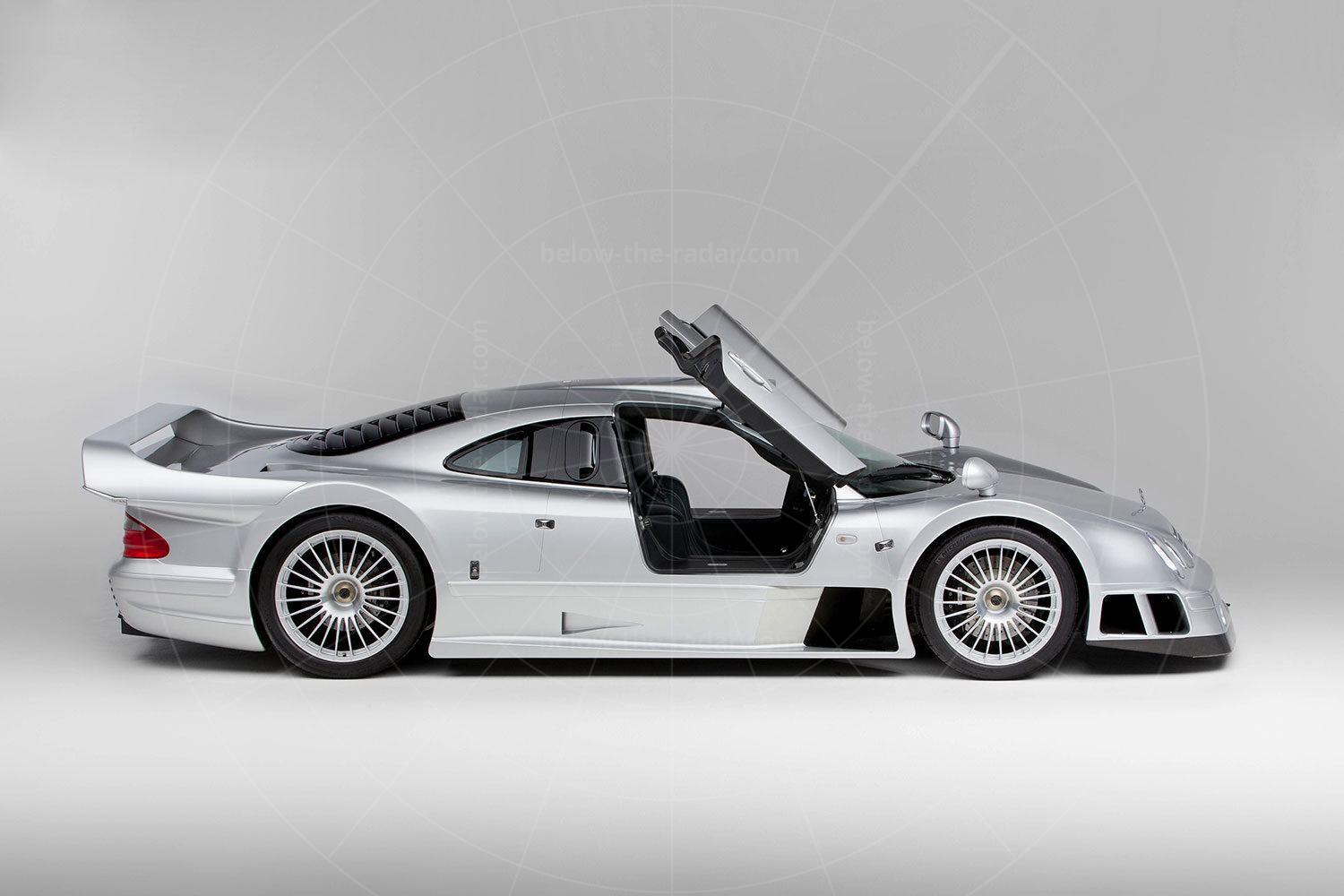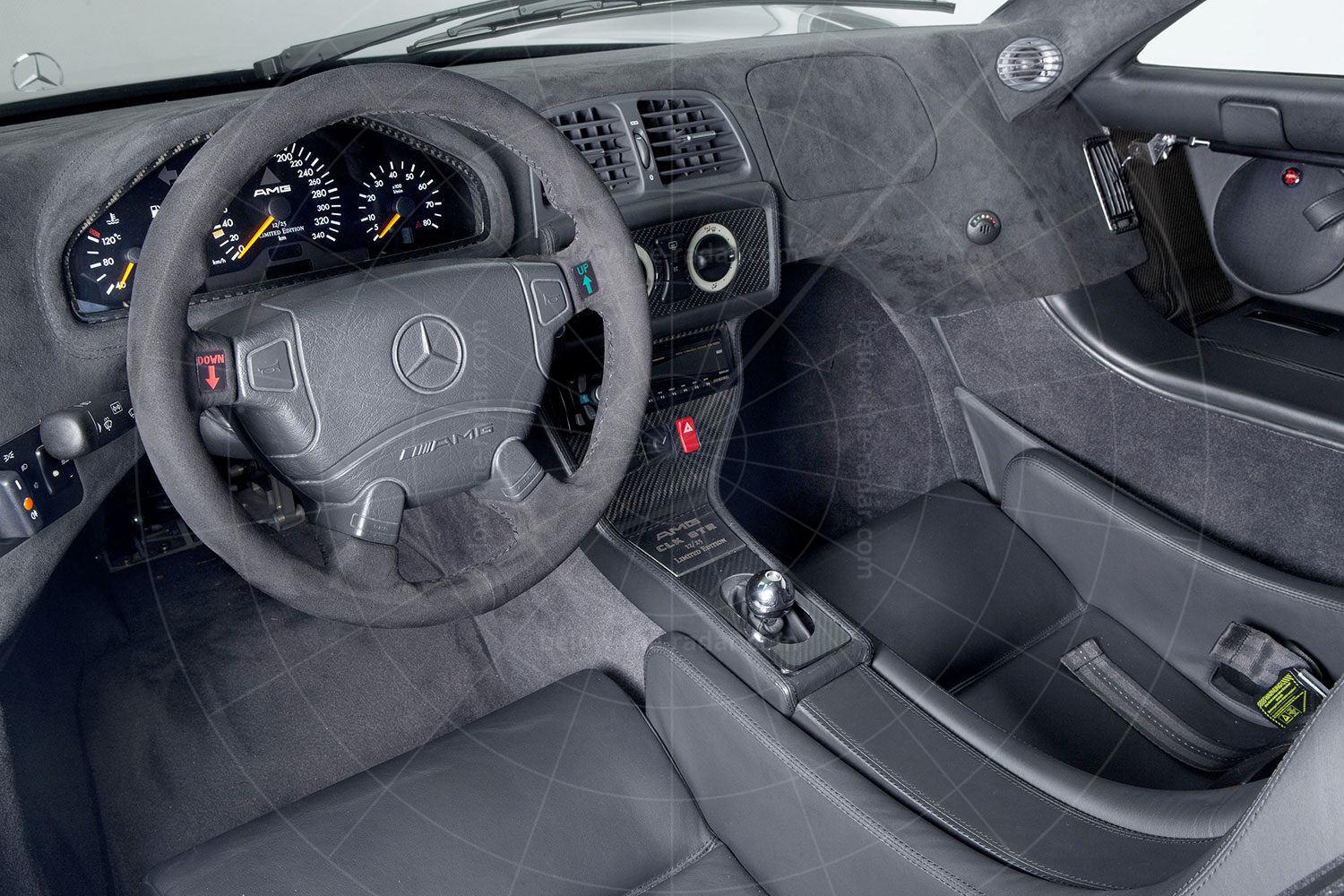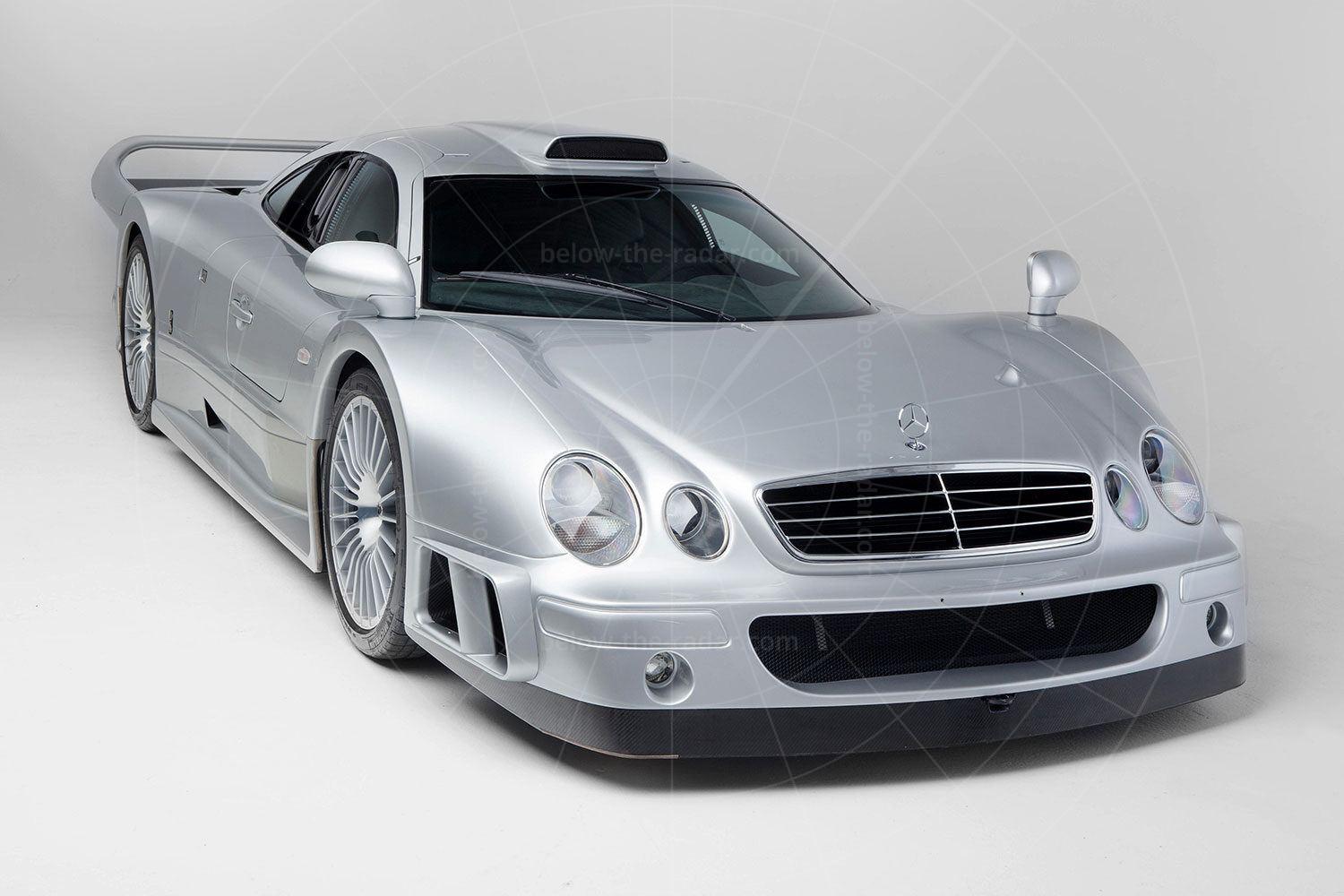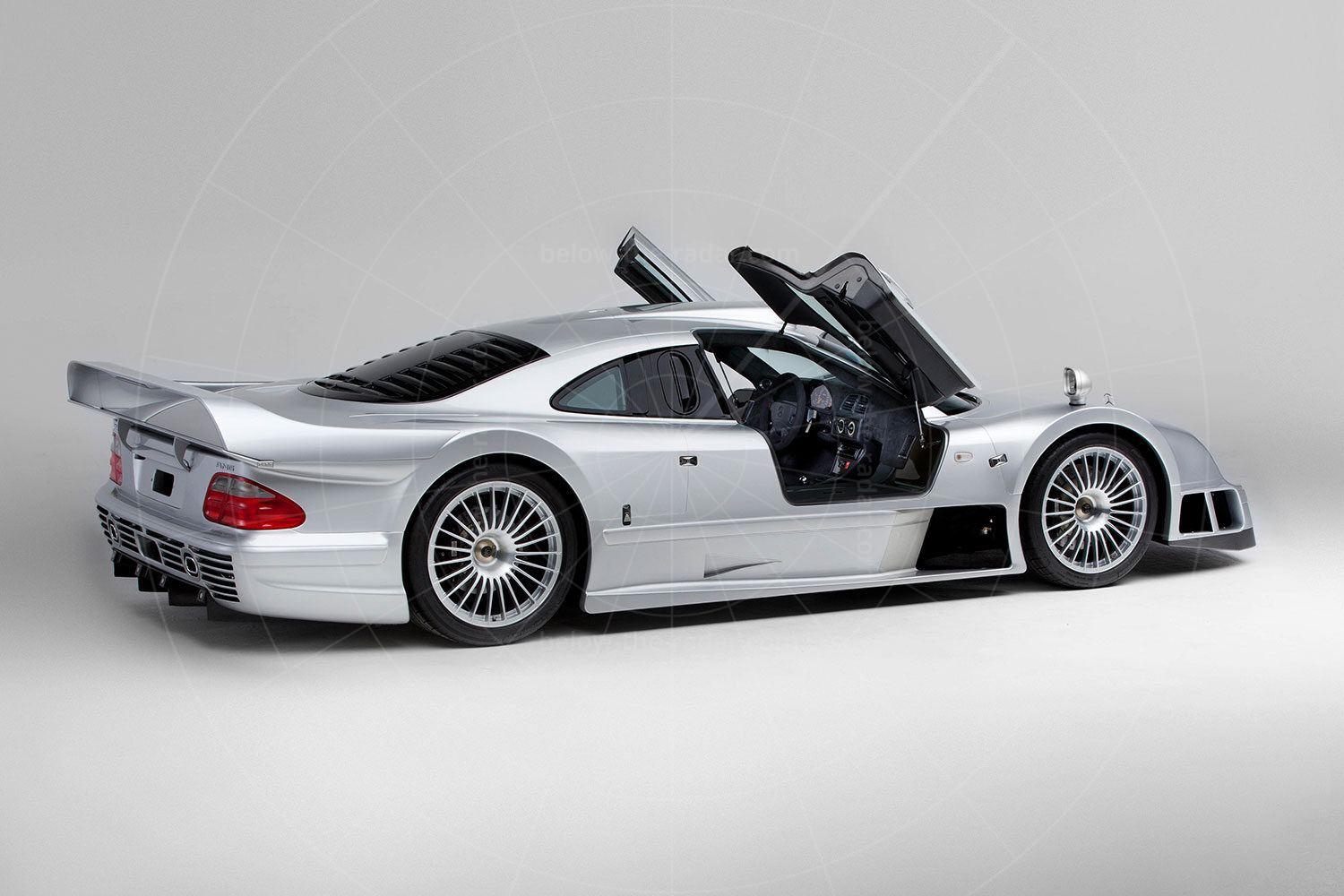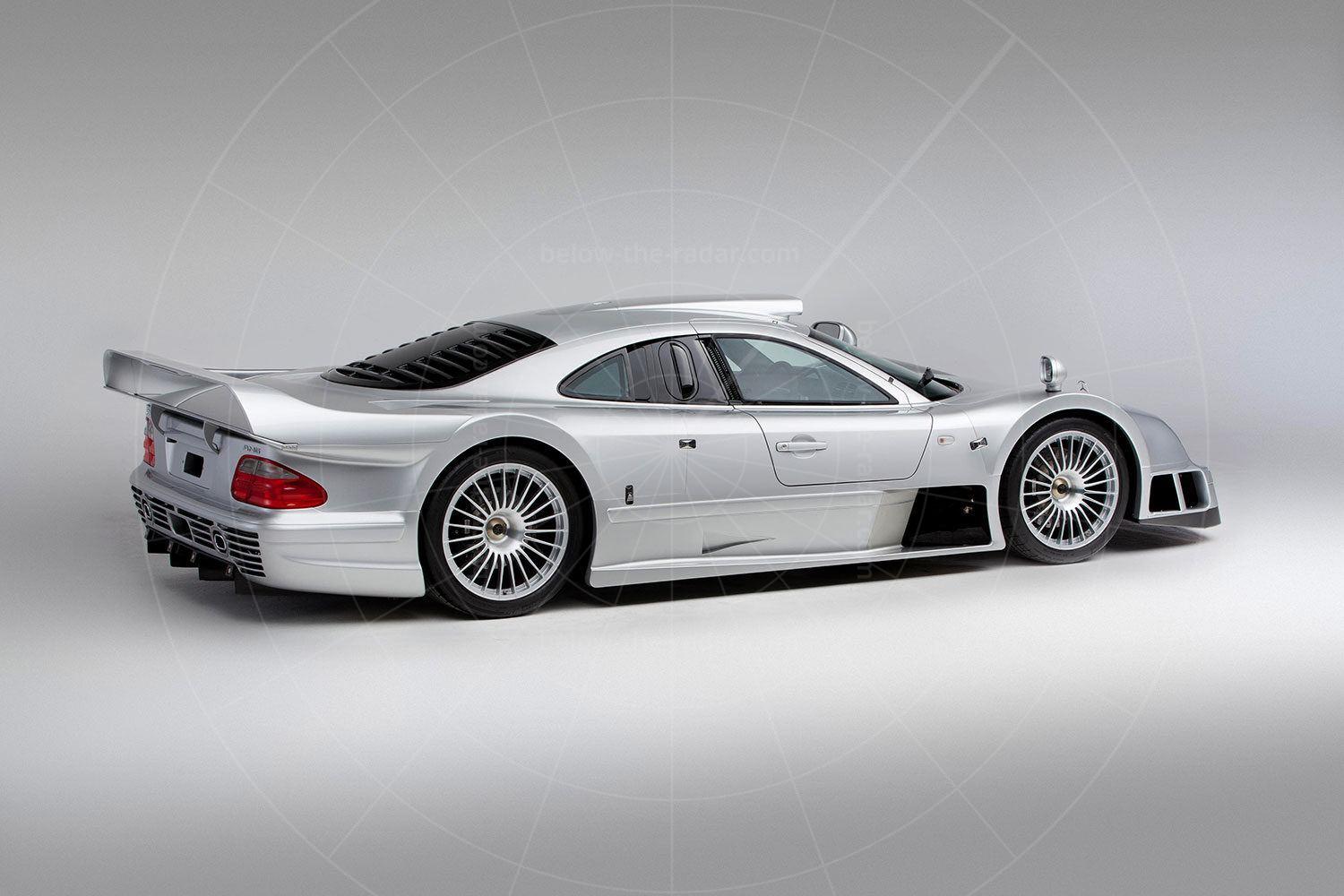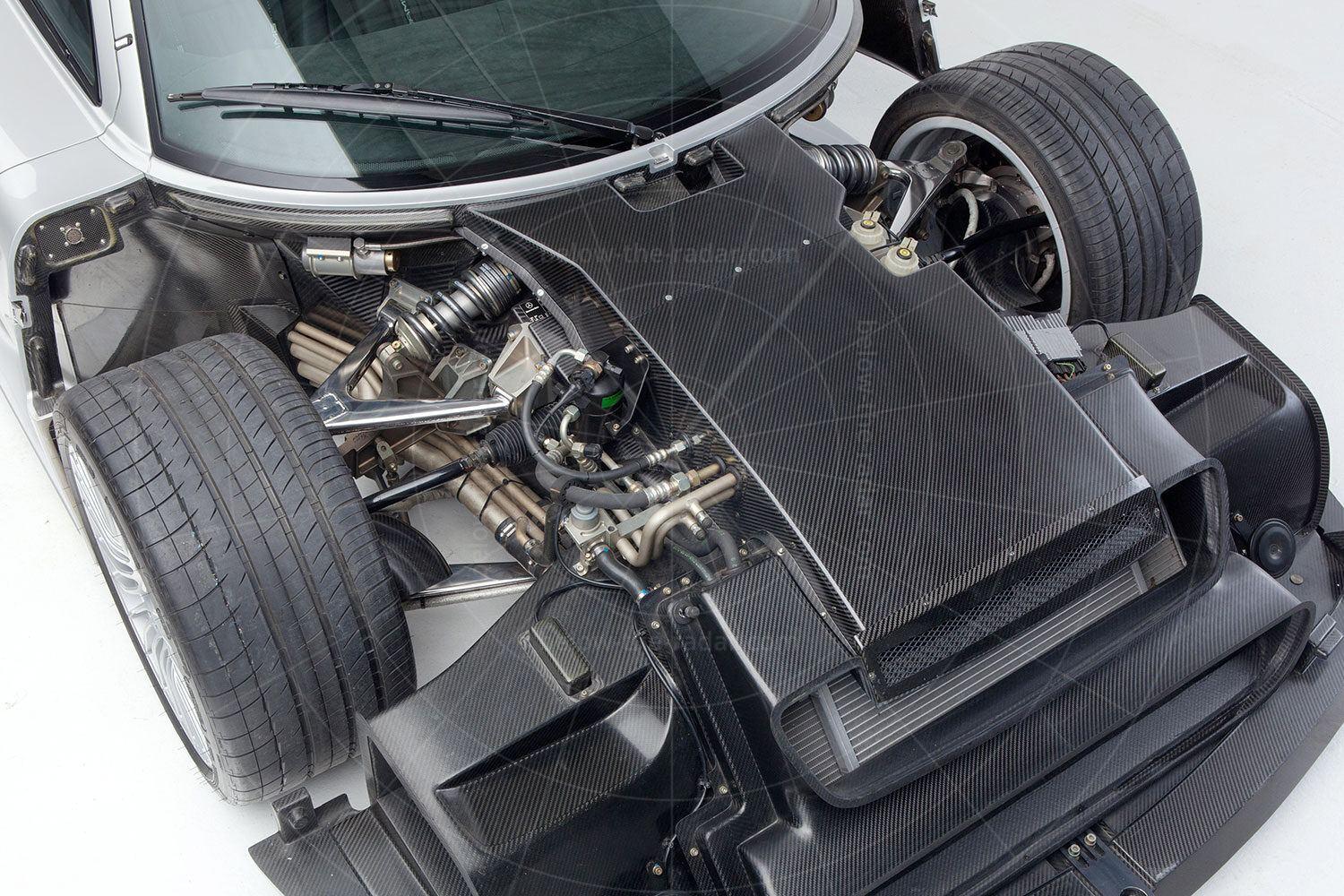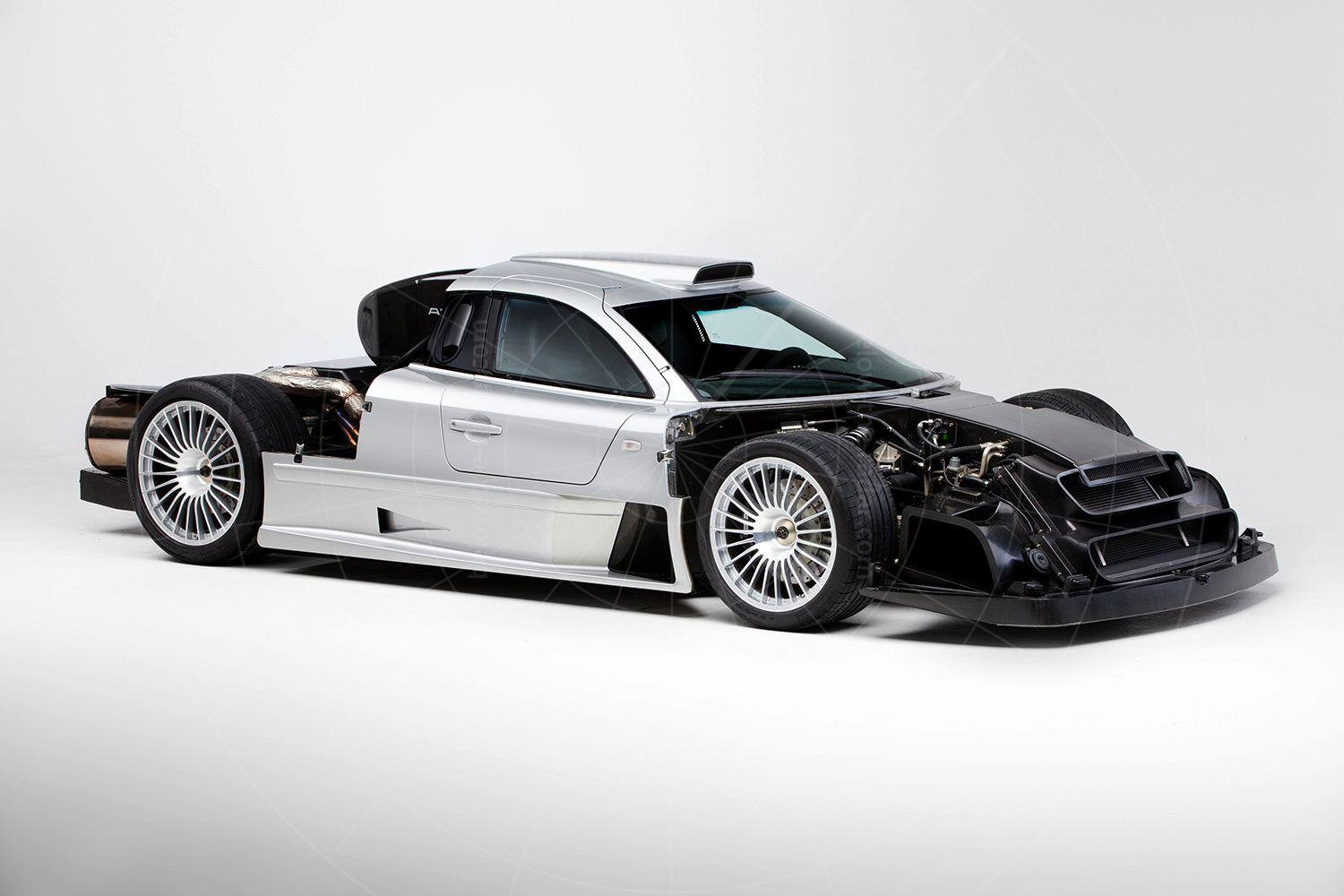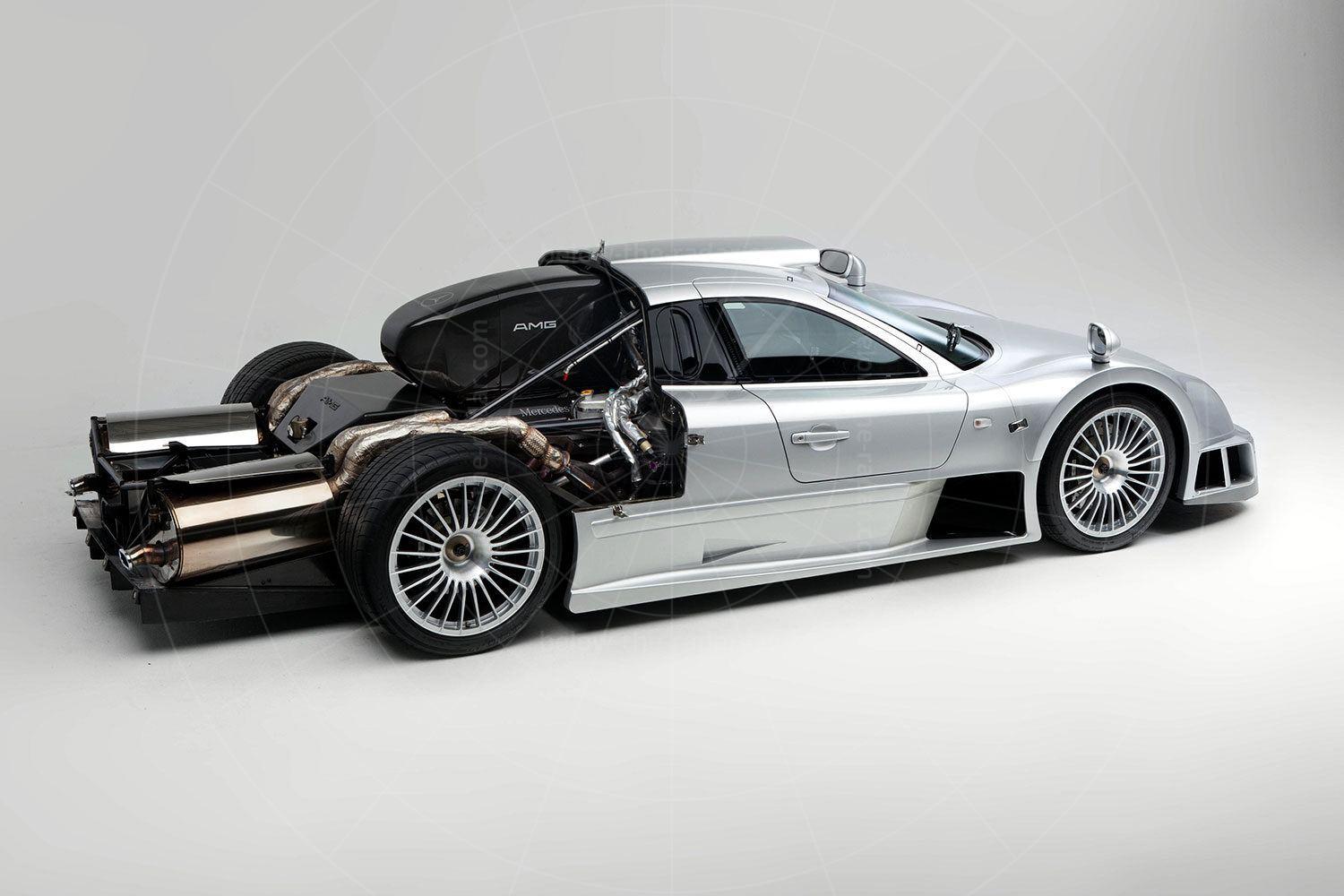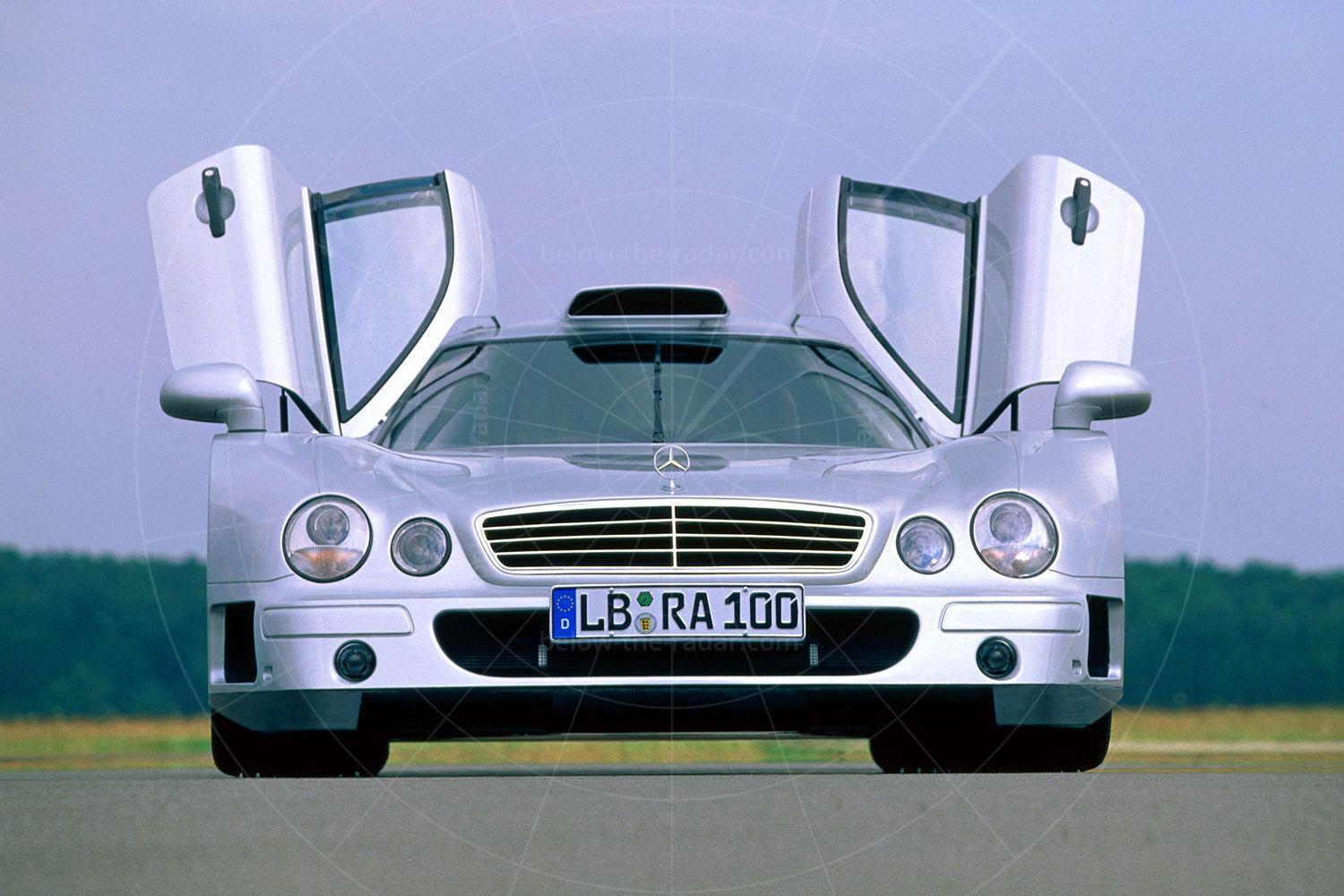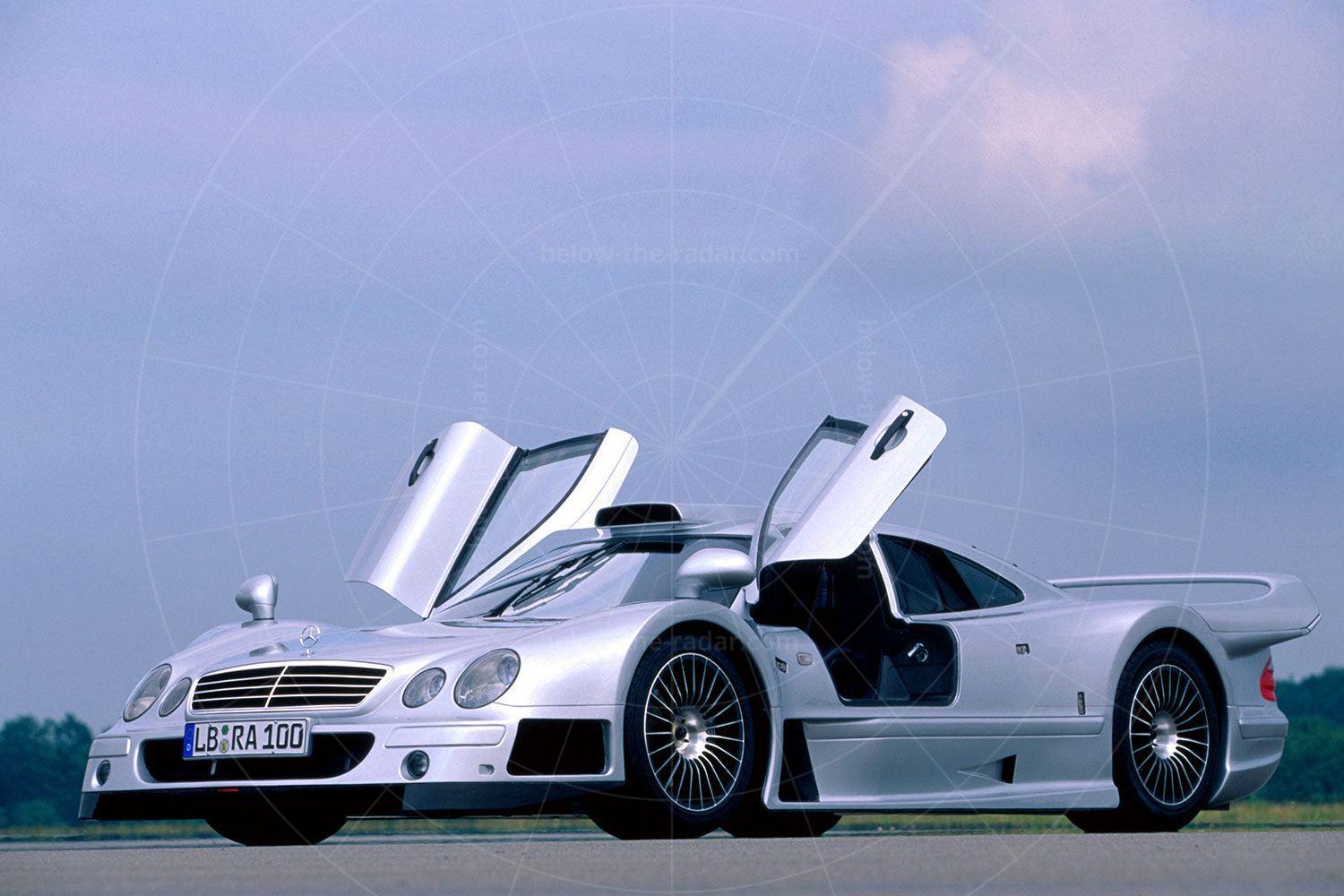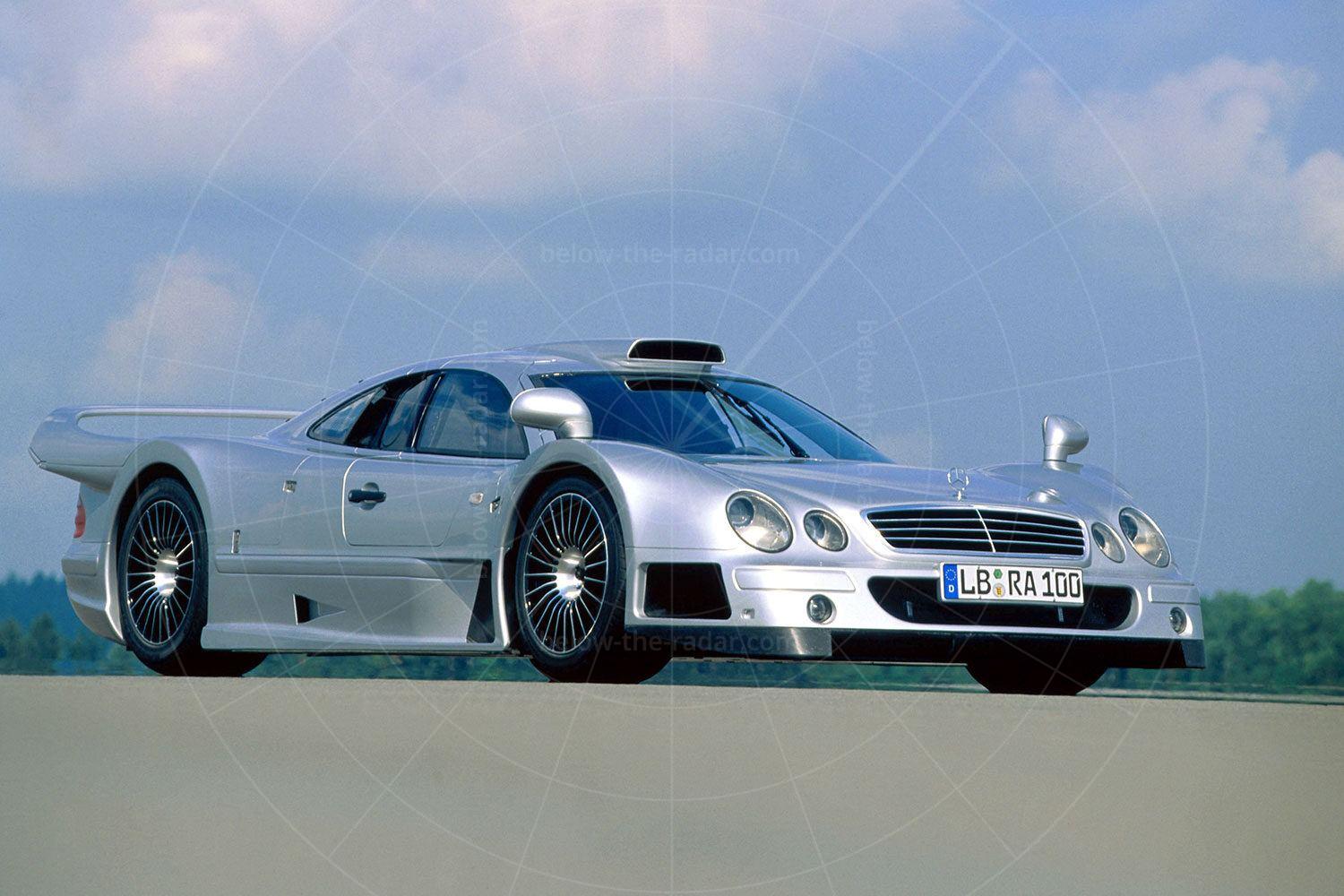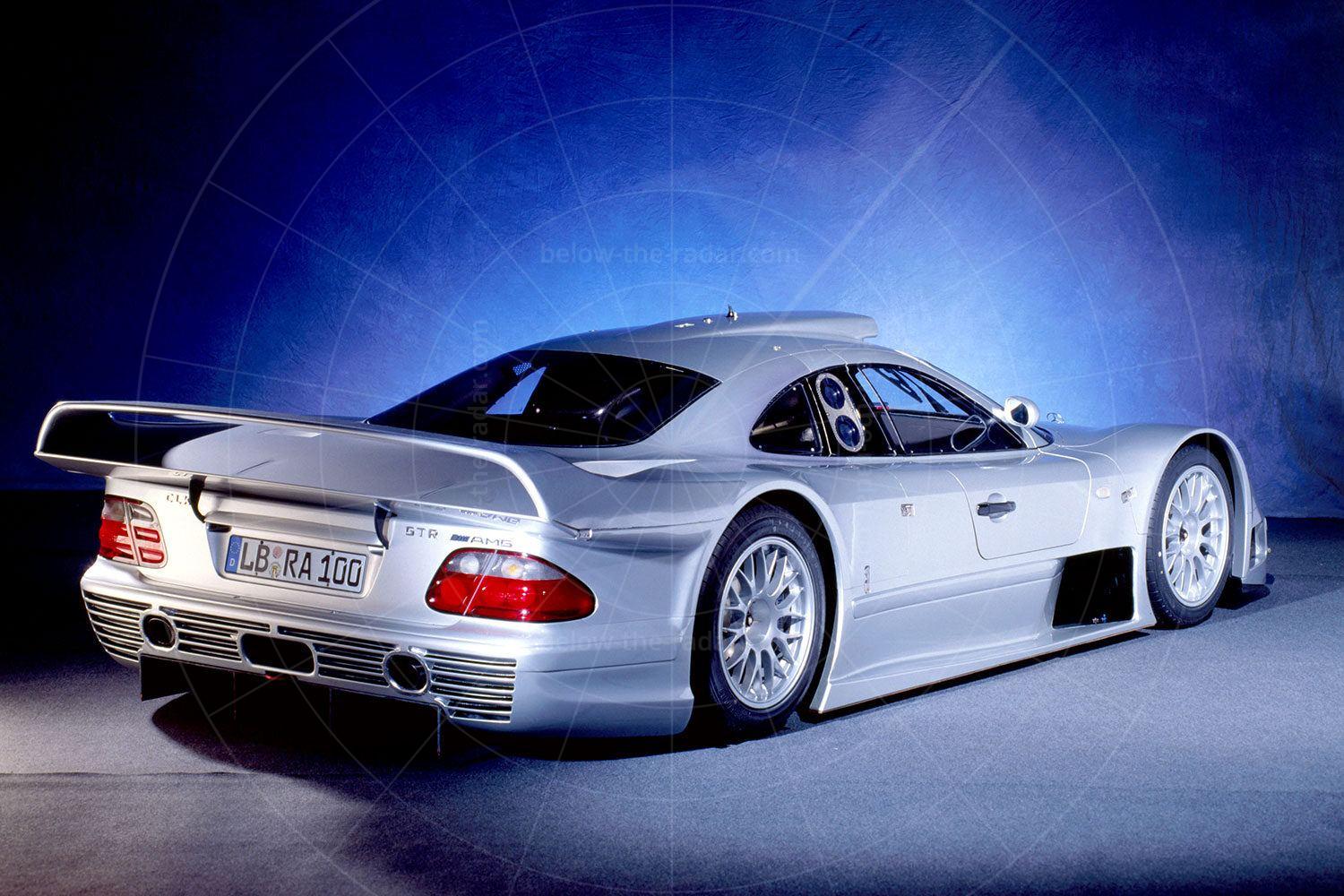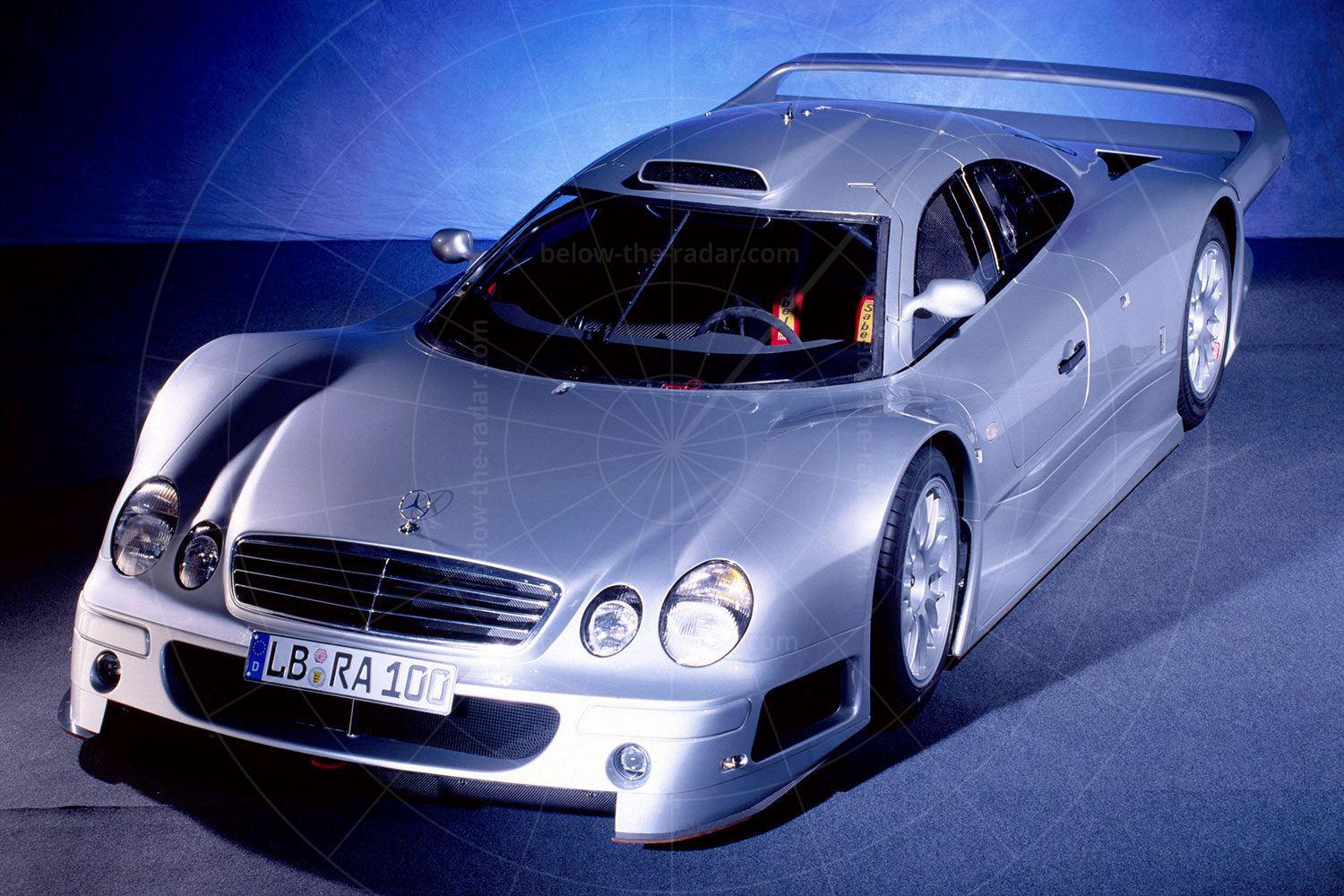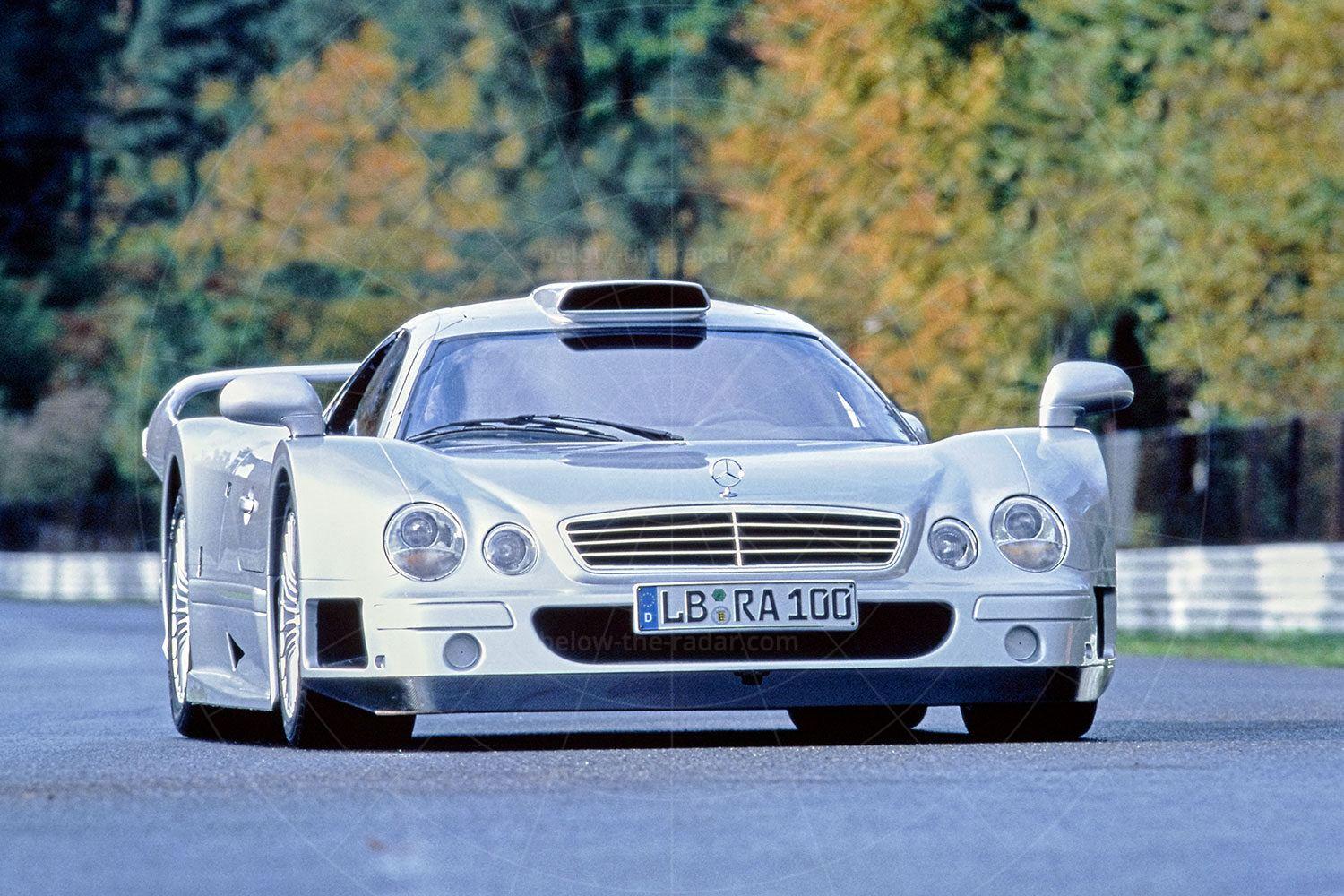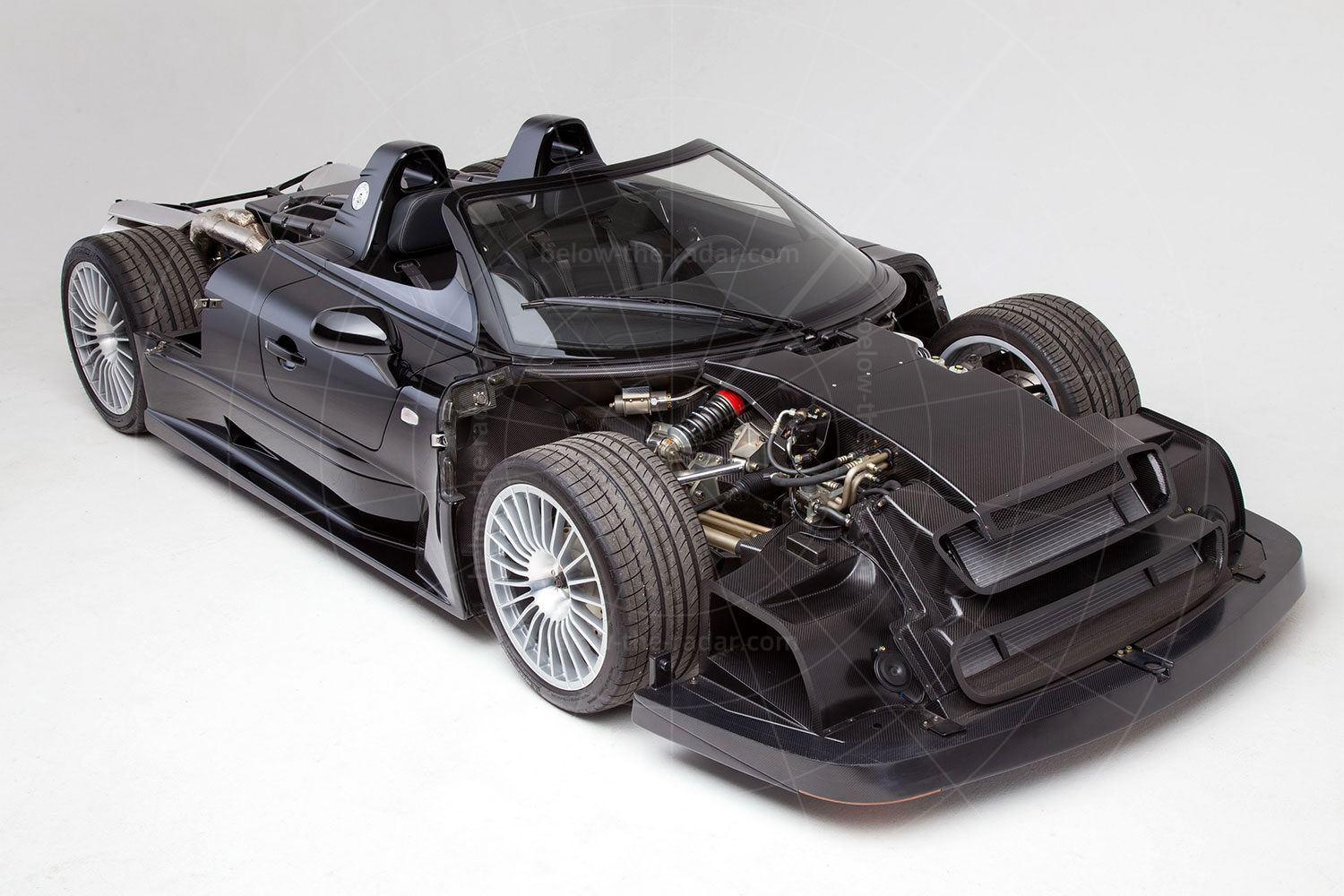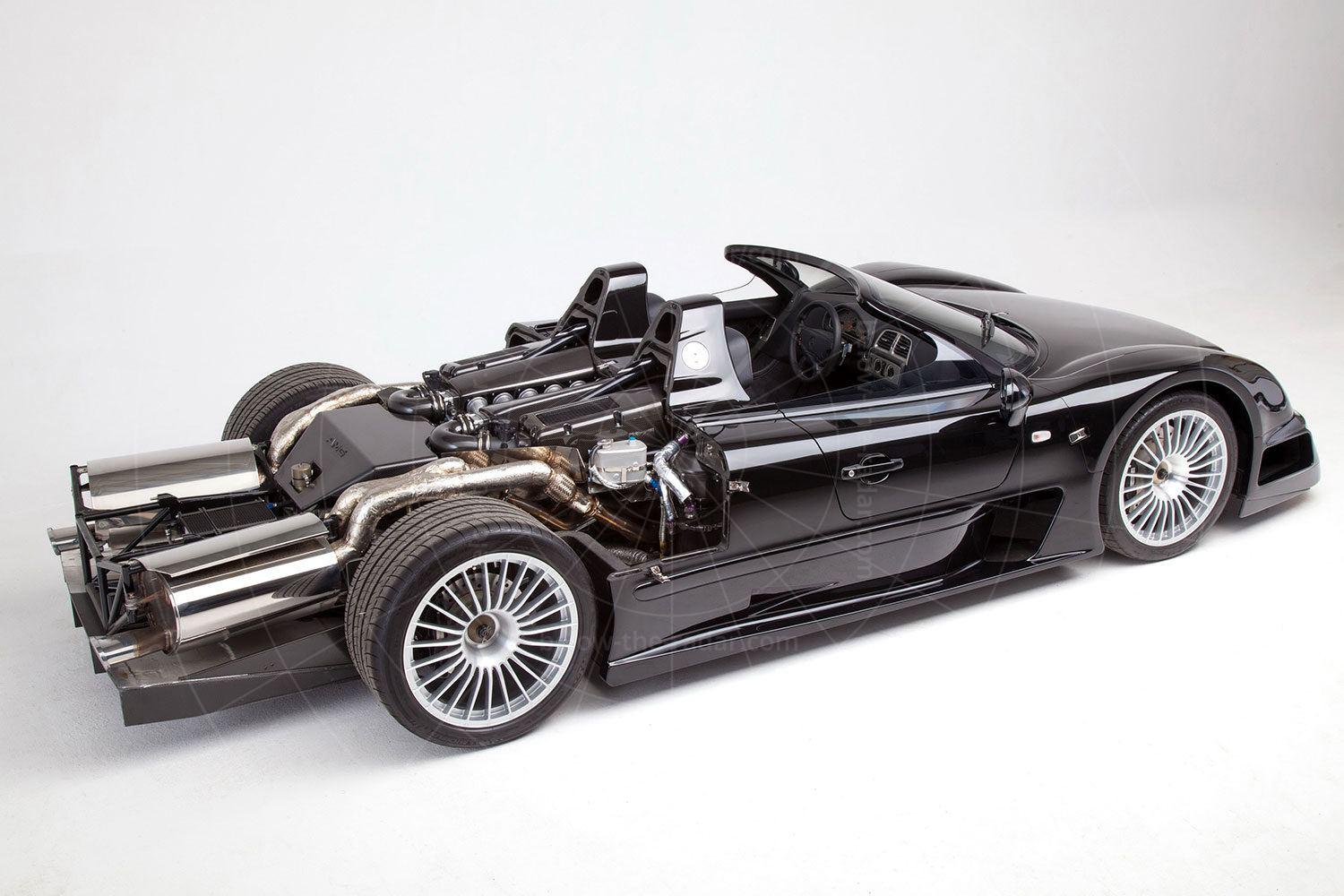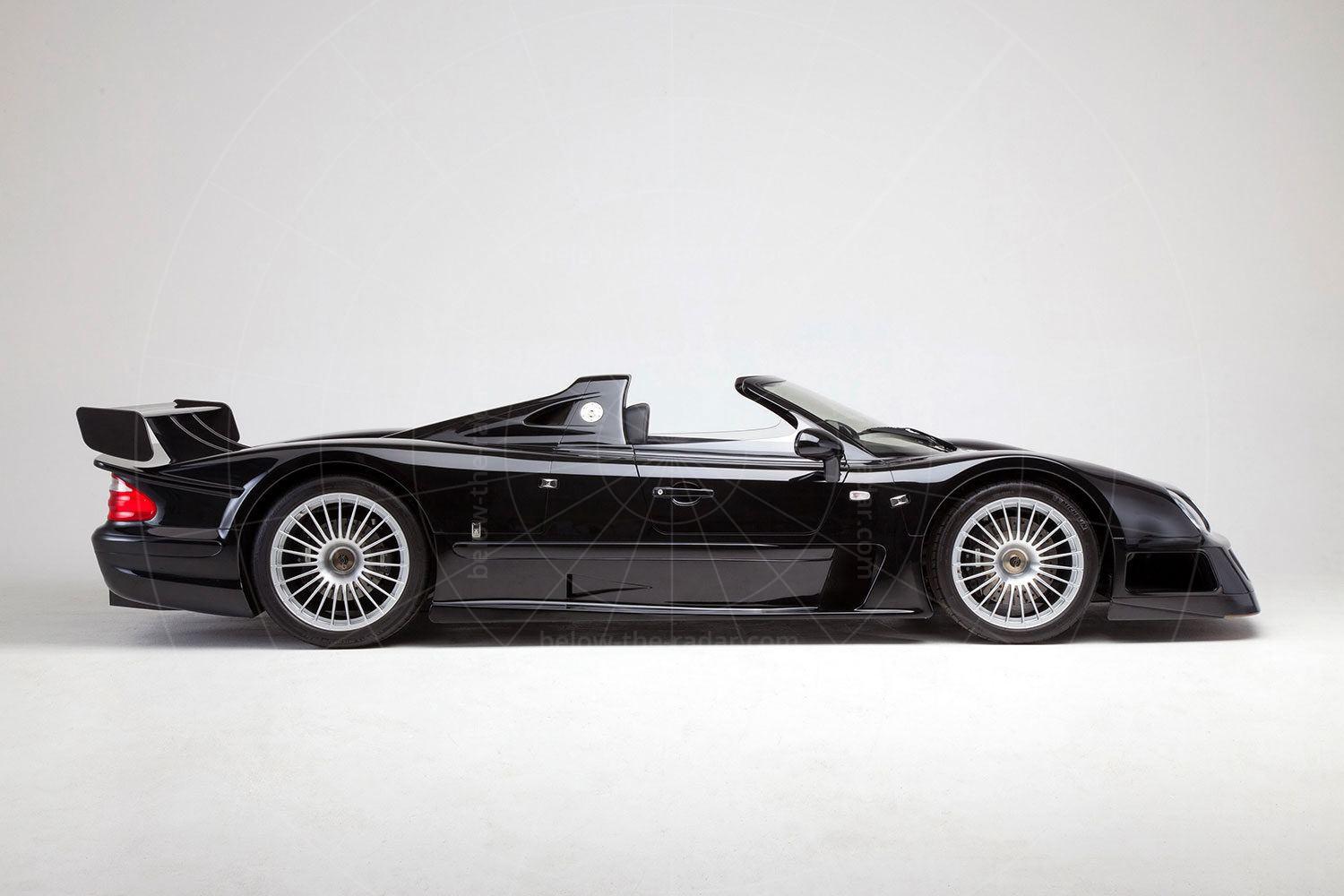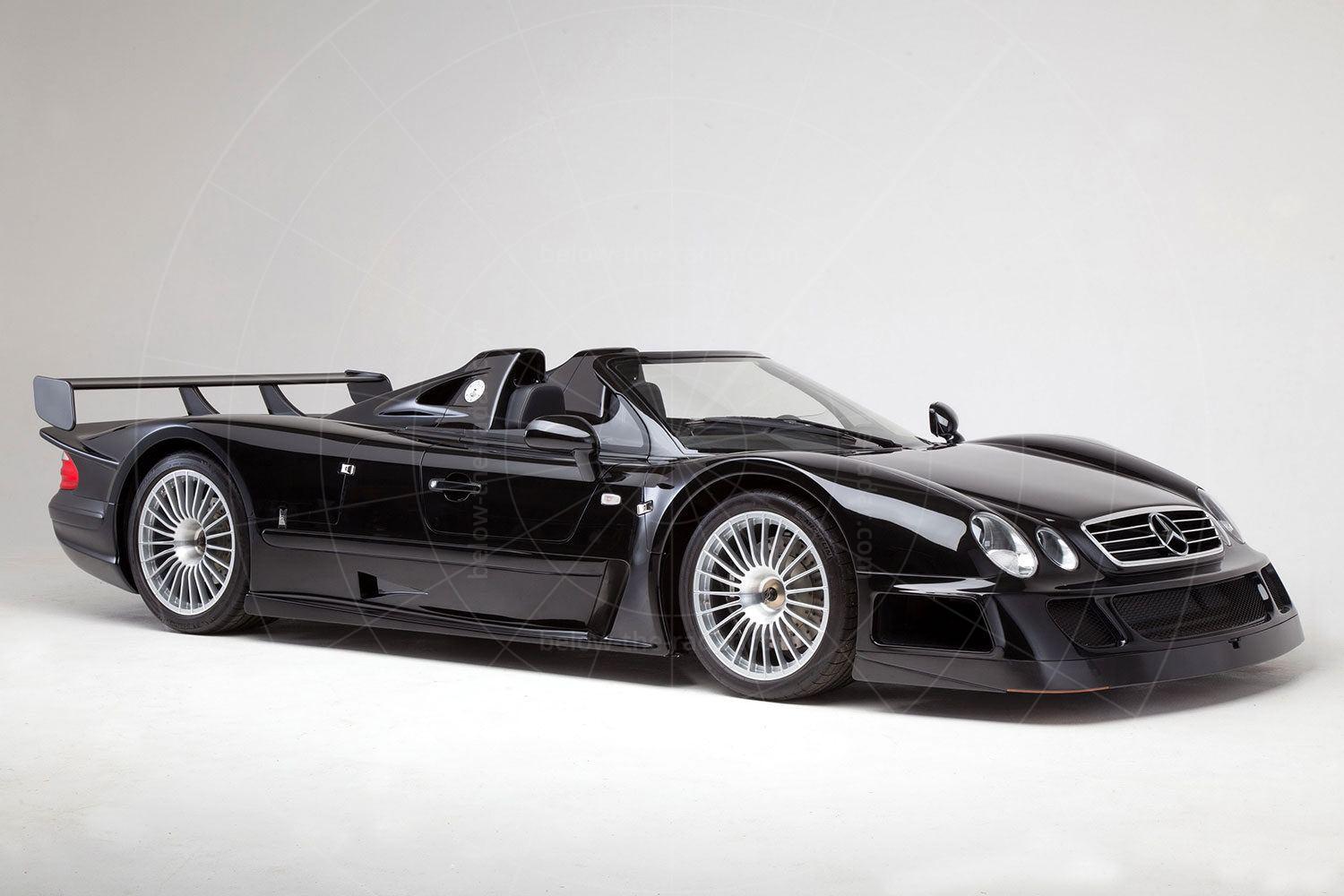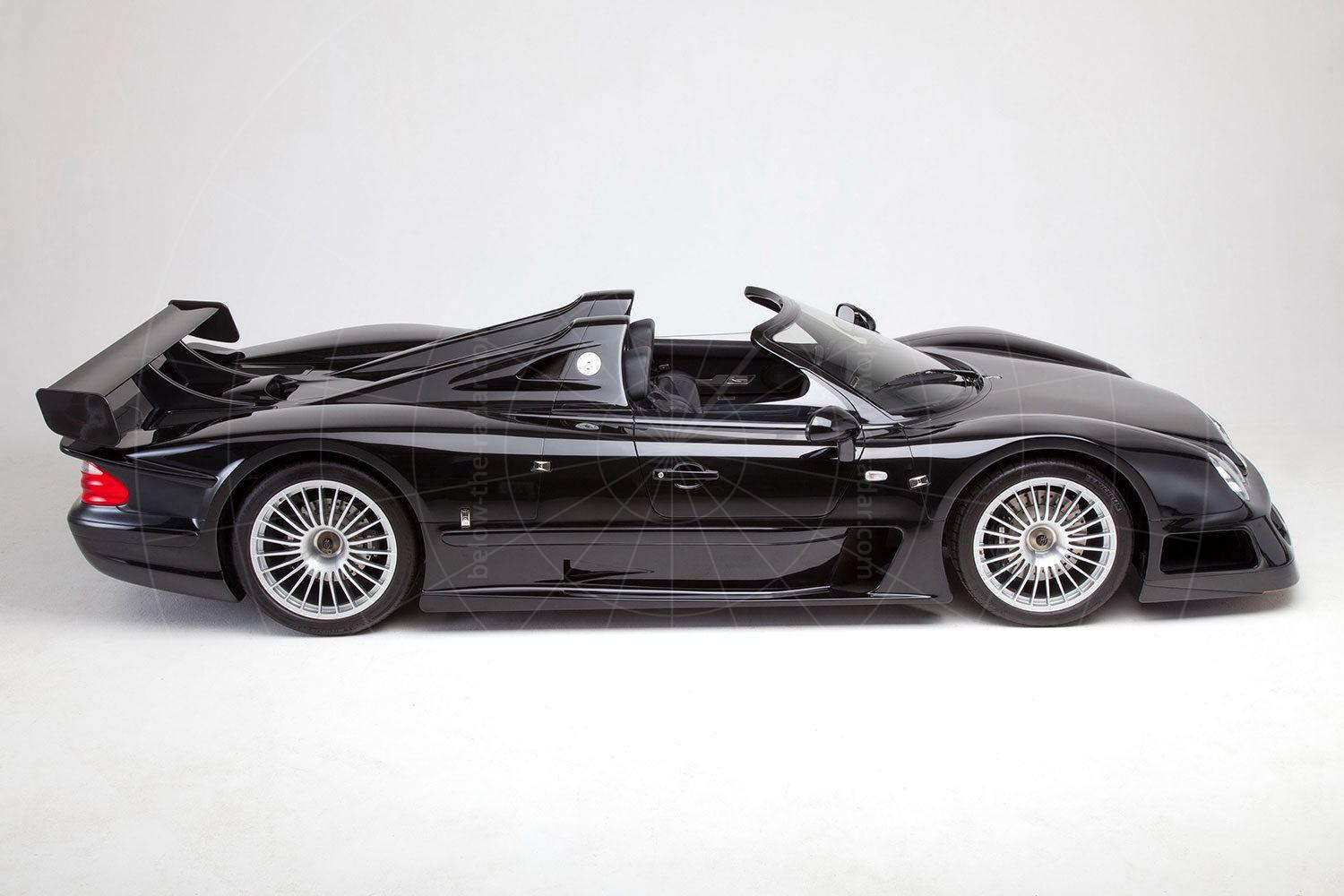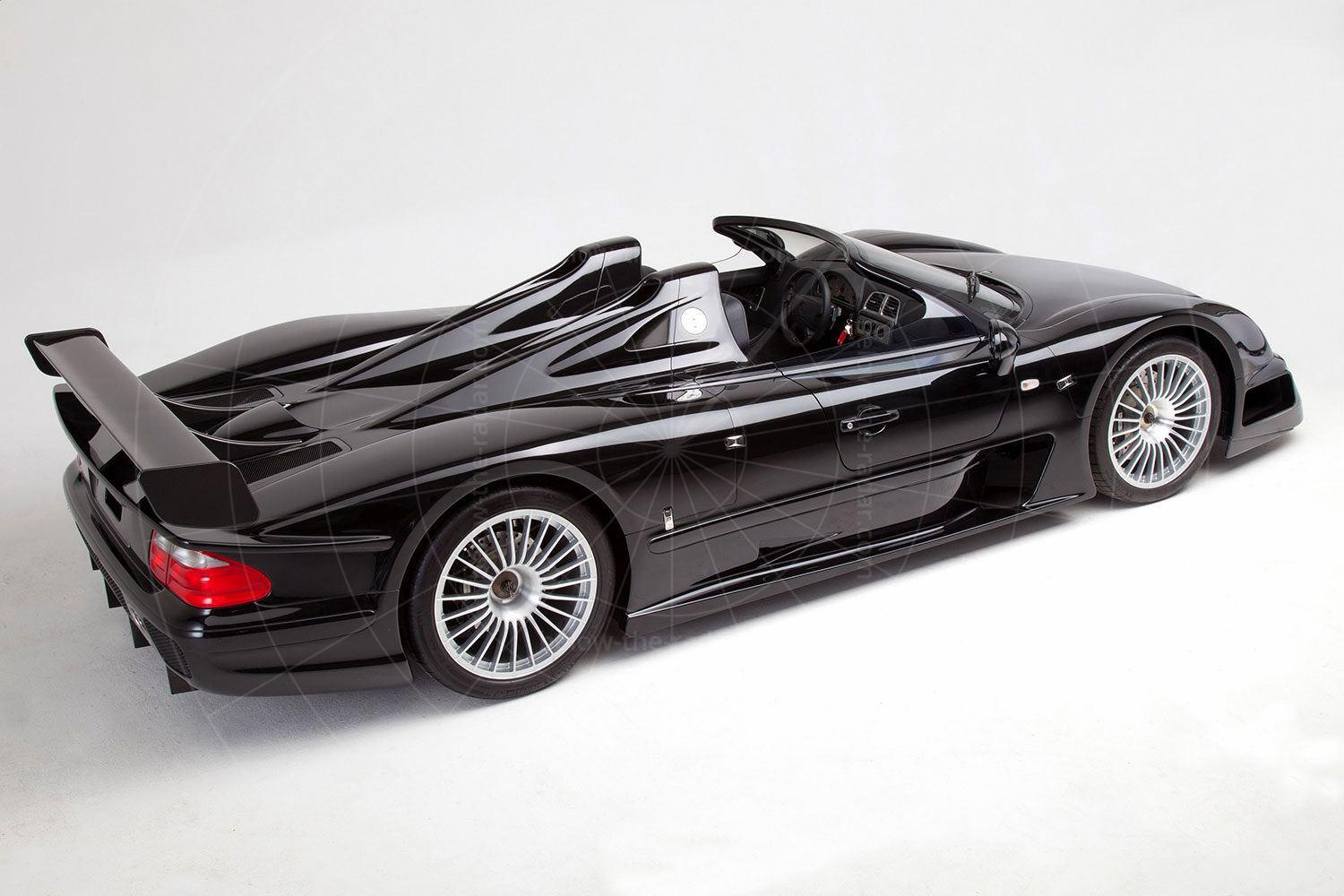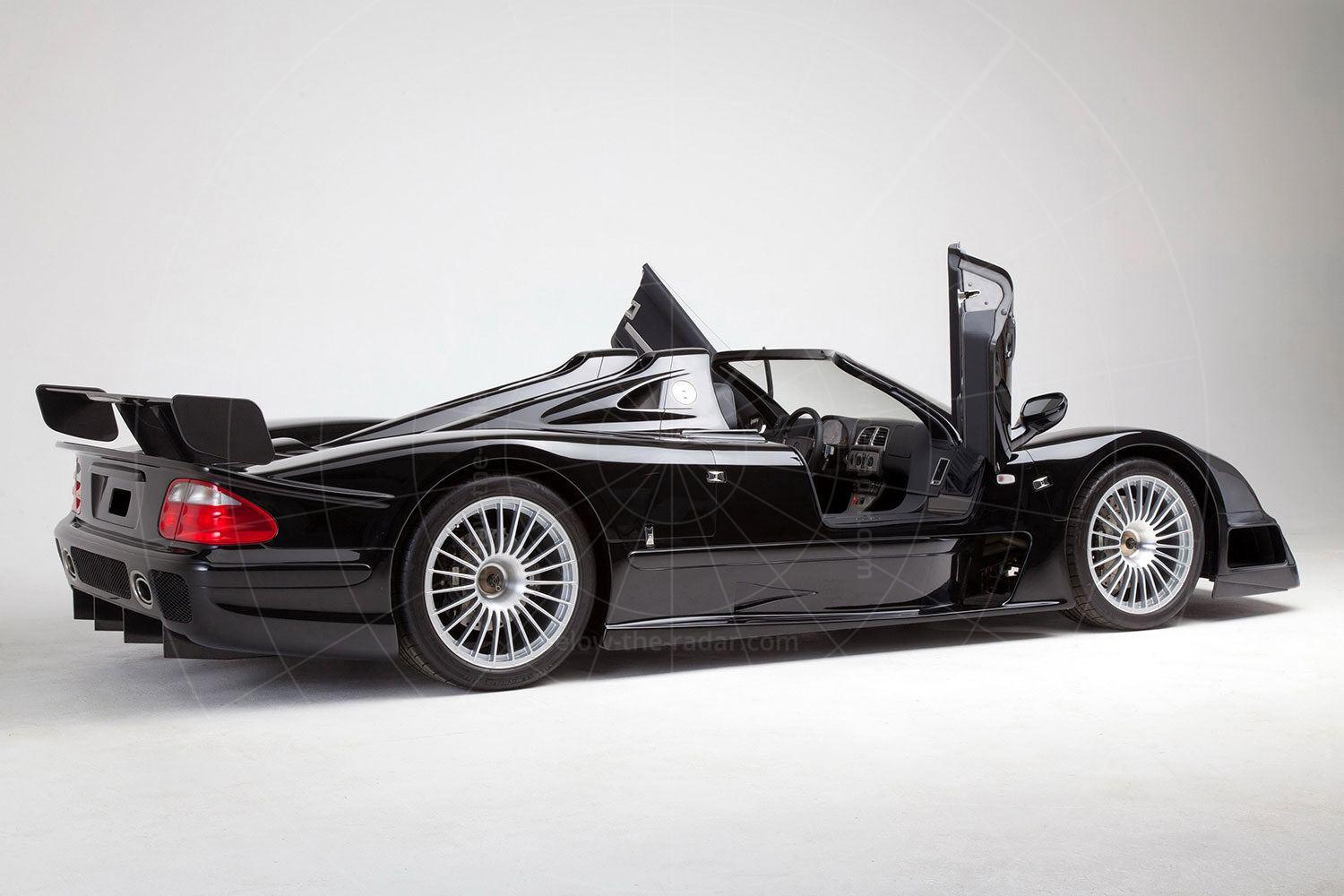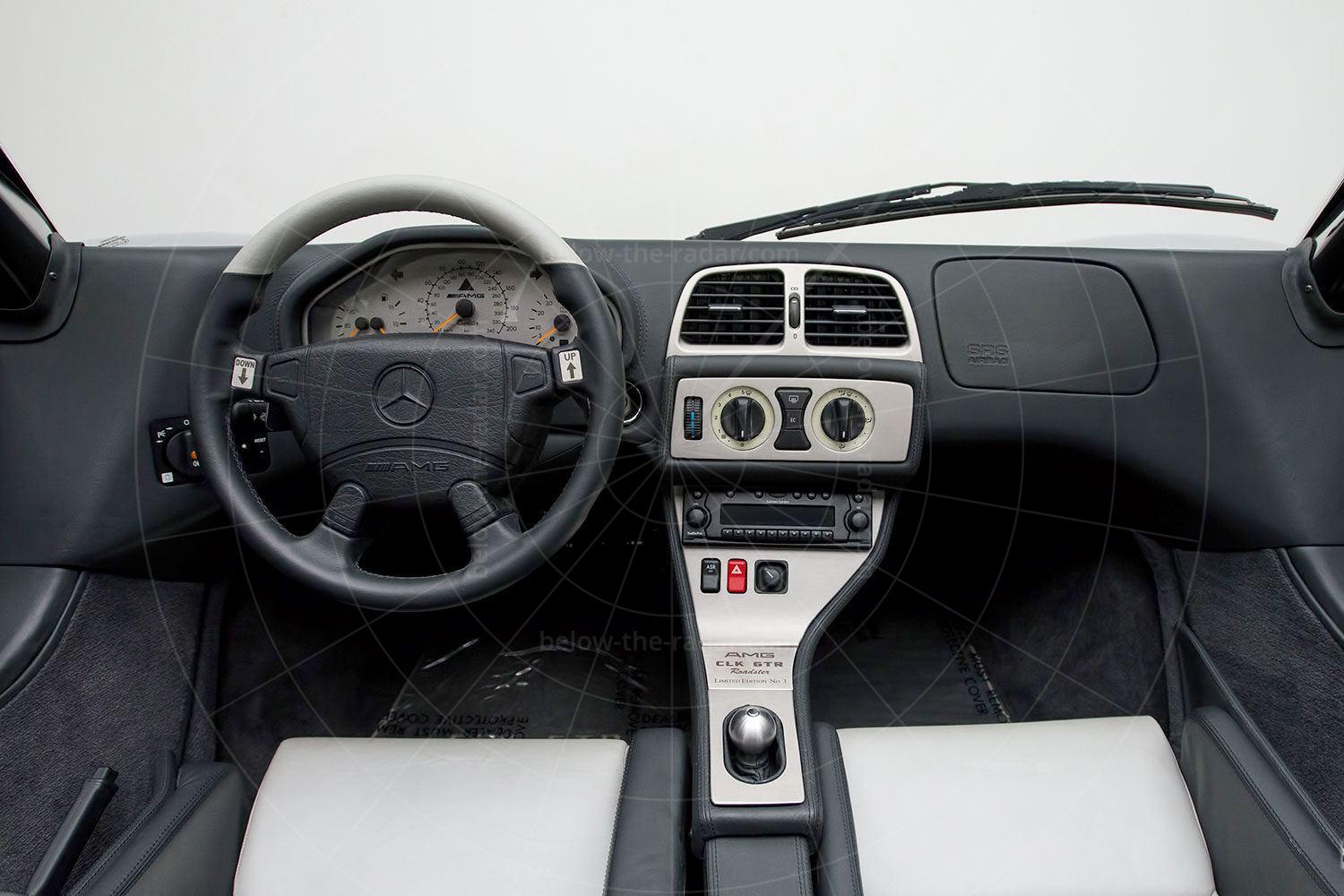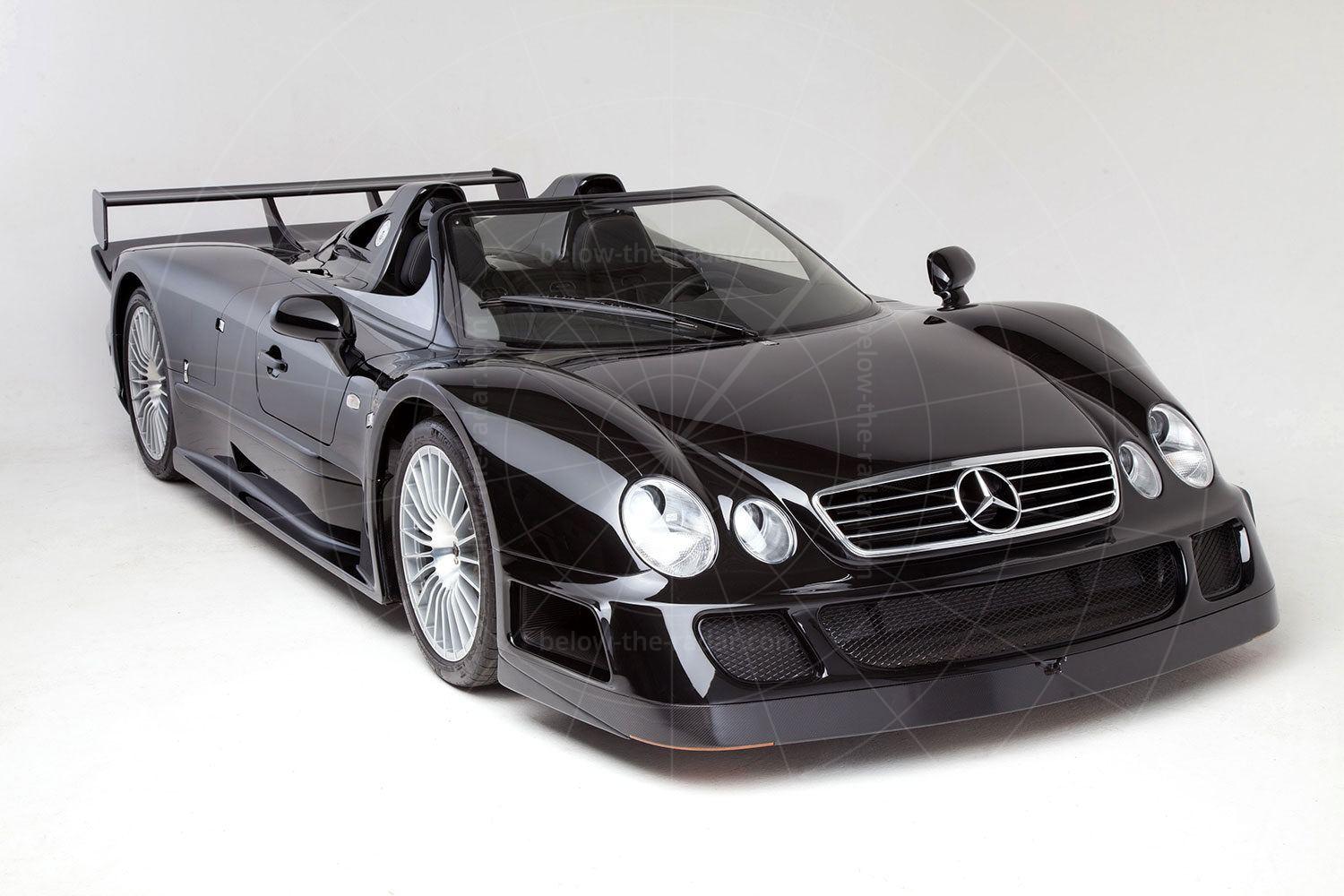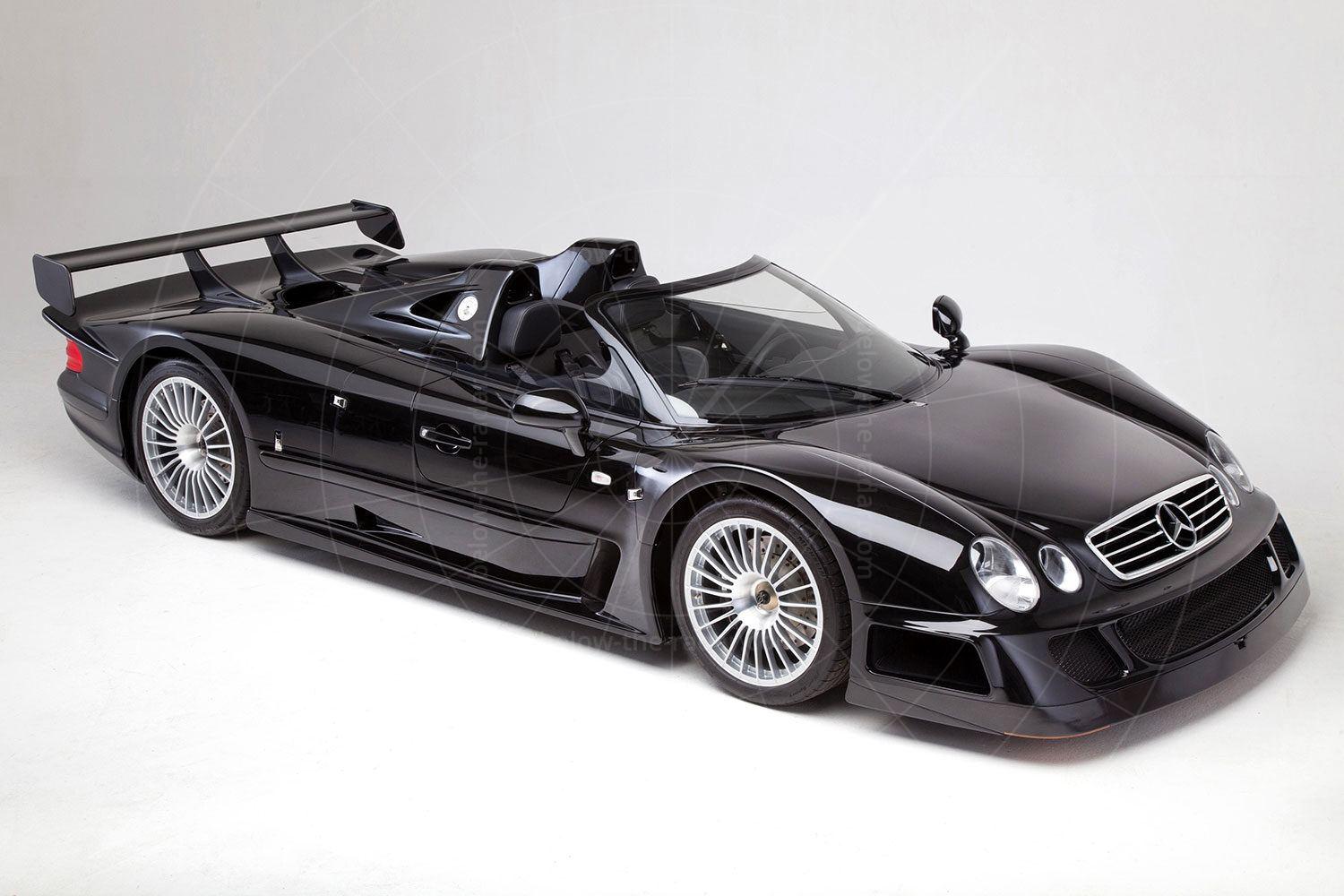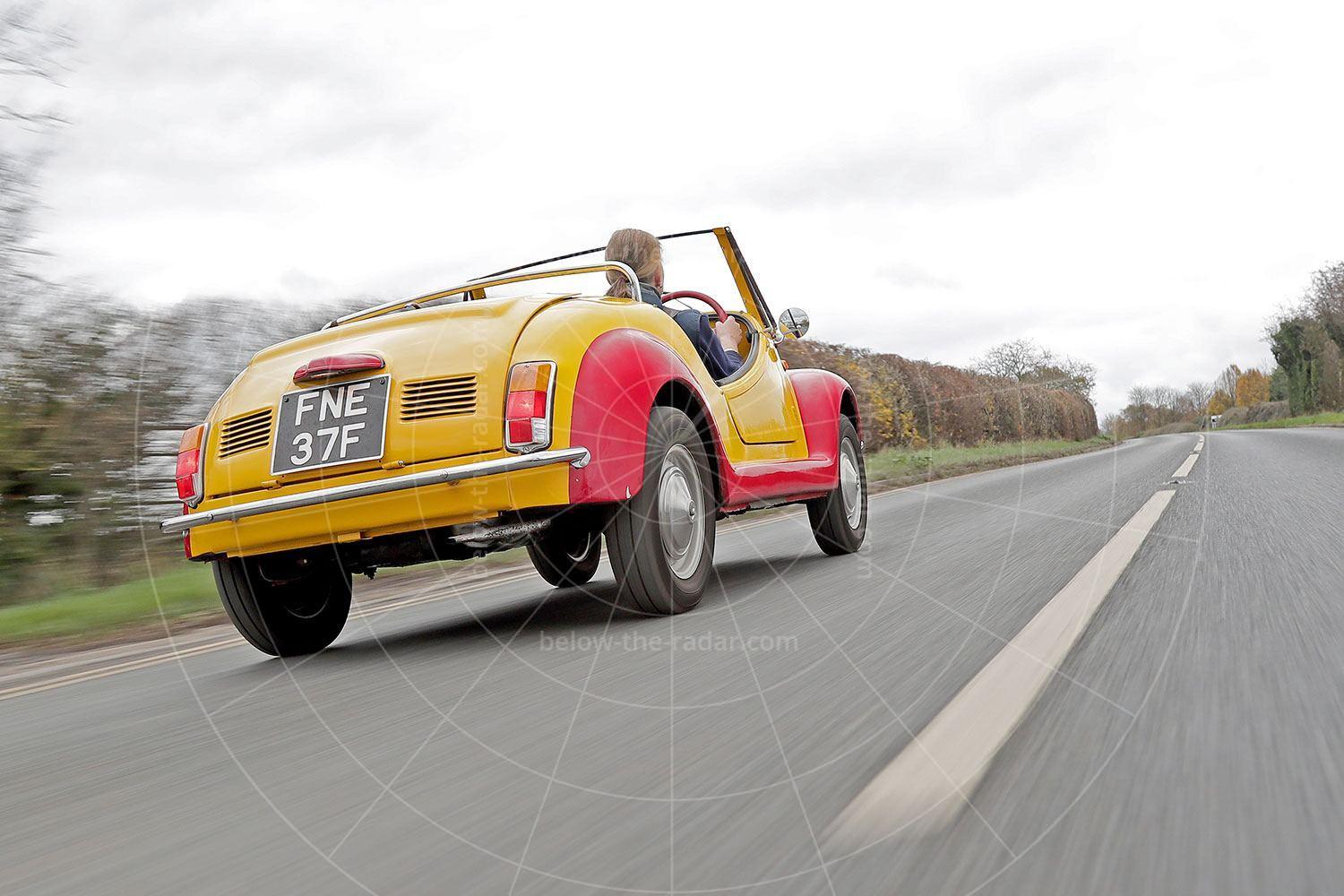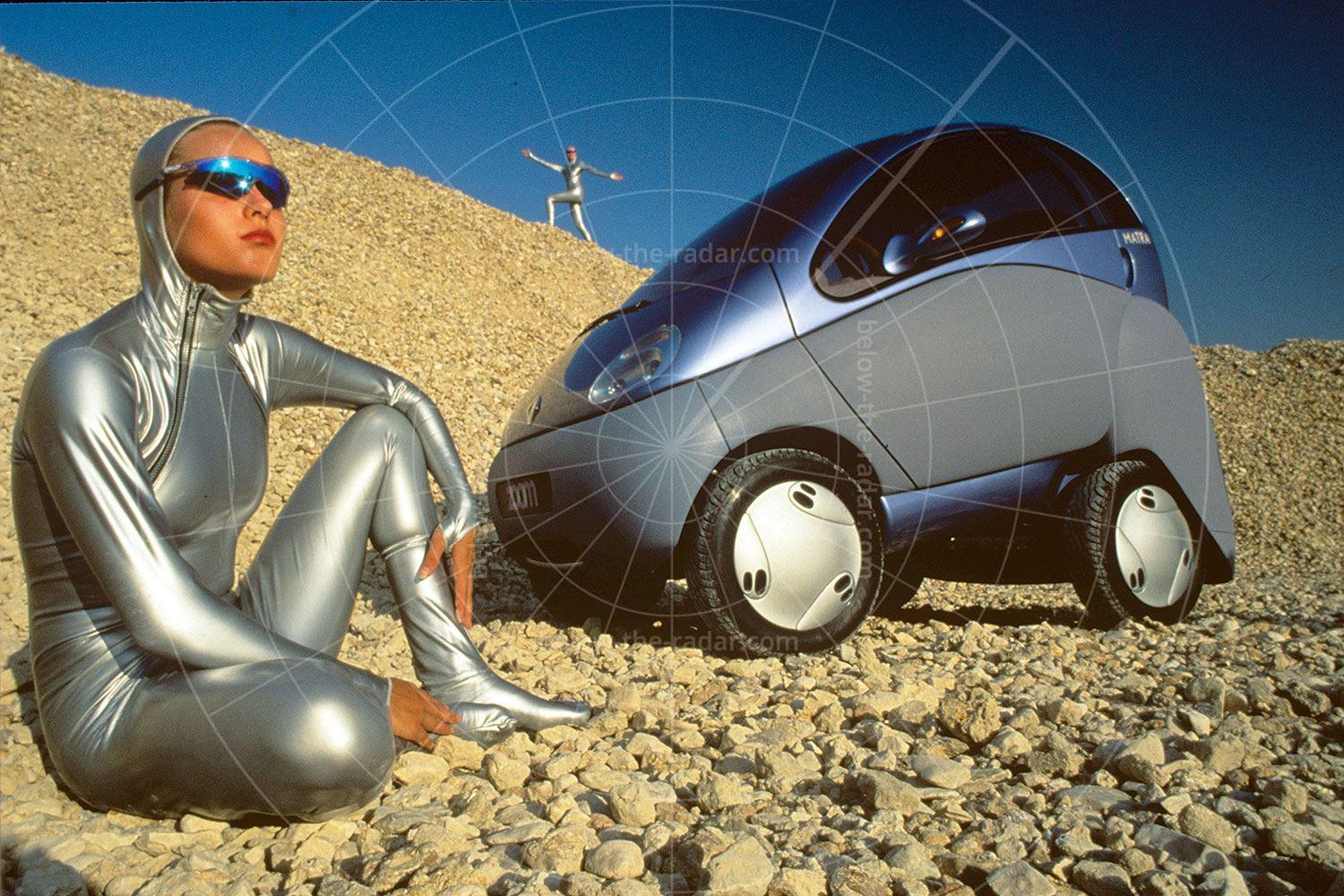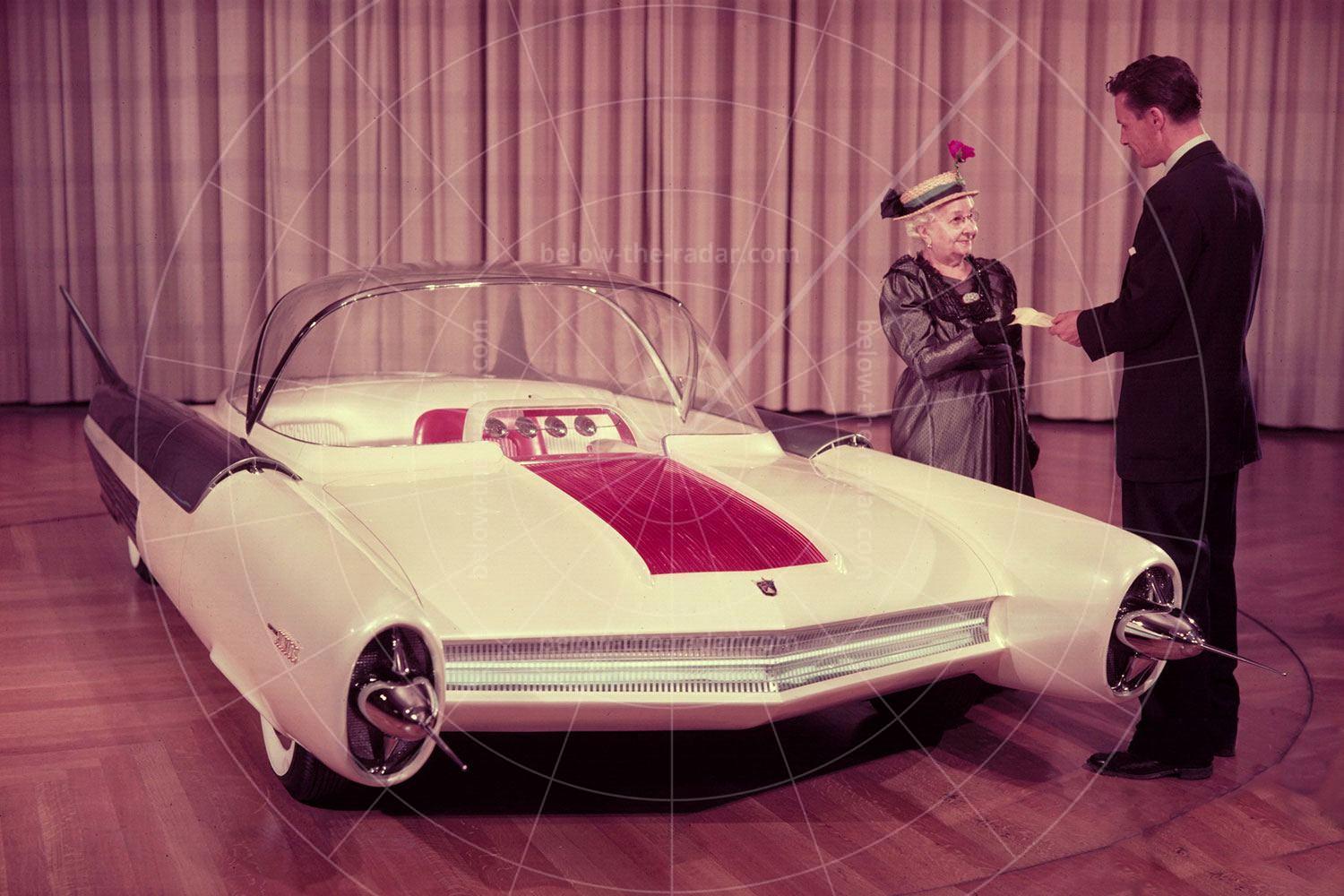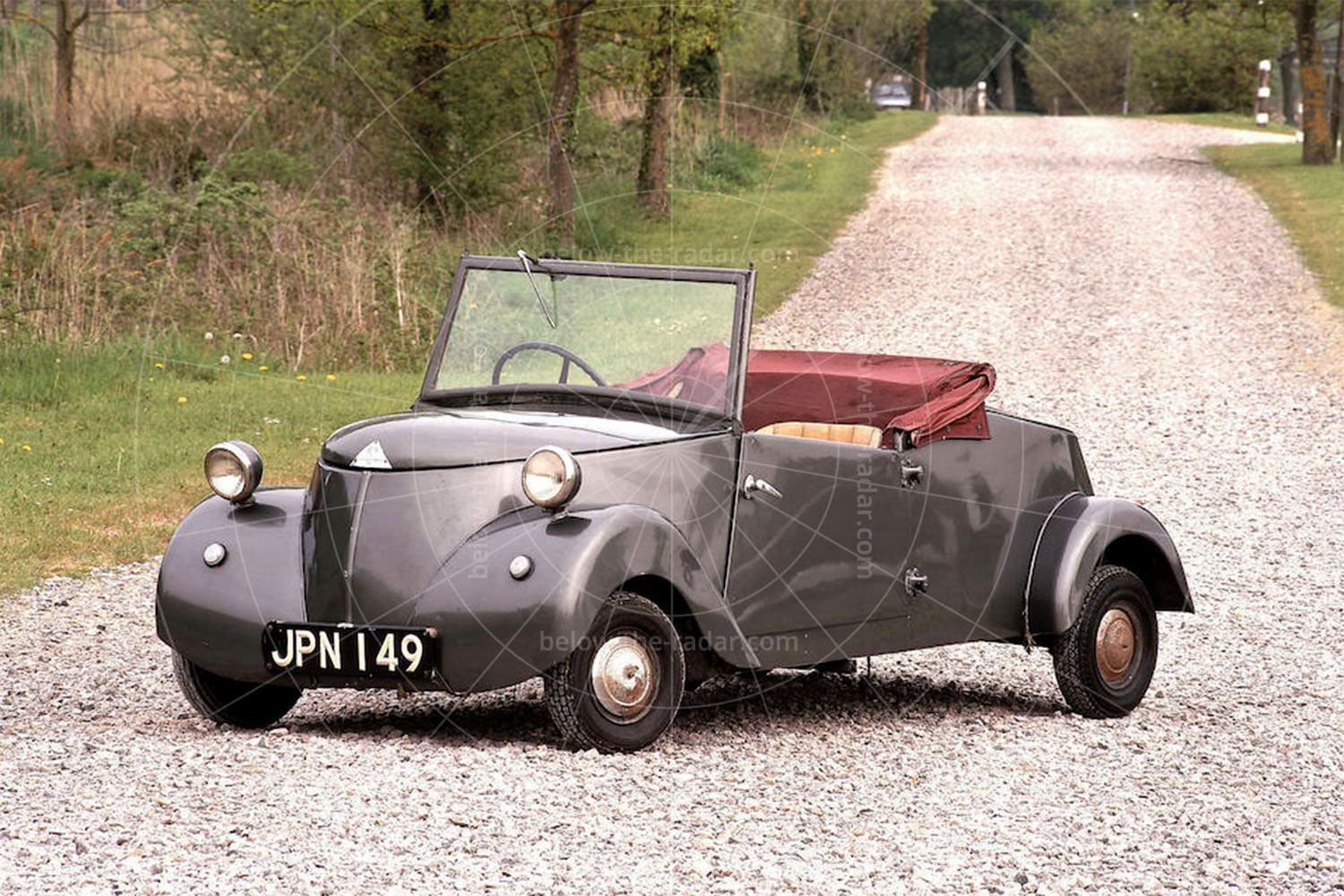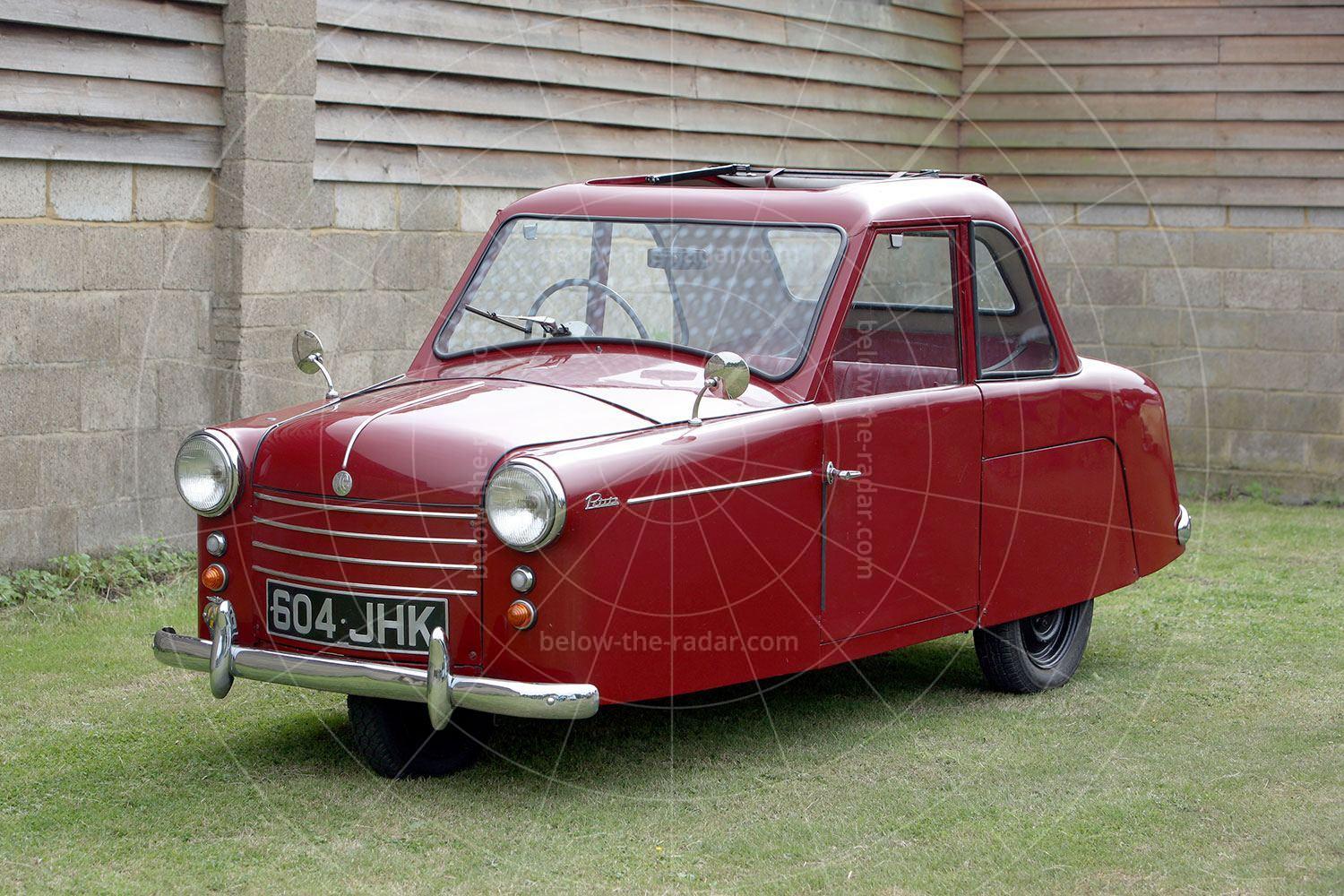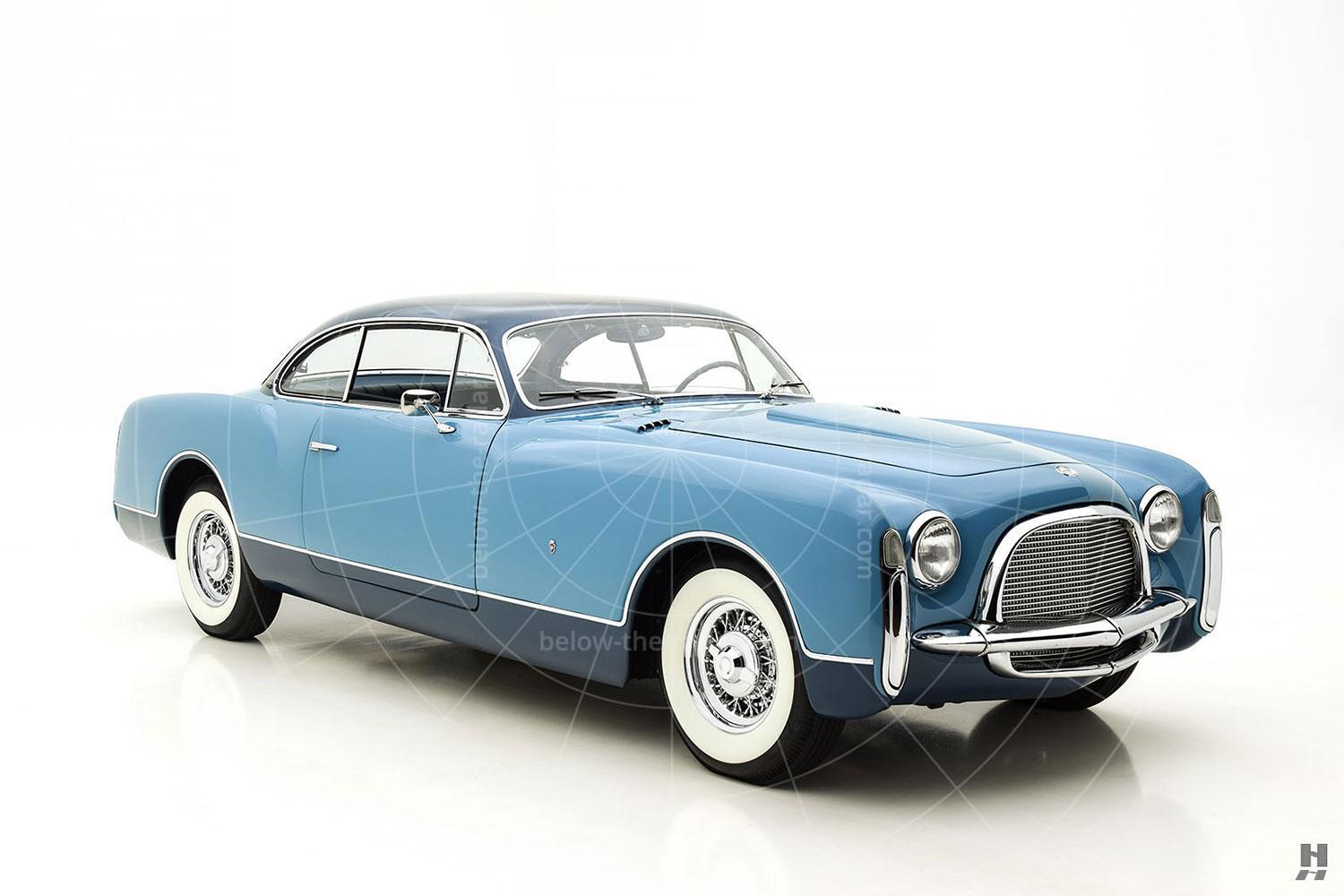Any car that cost £1.1m at the end of the 1990s had to be pretty special. When the CLK GTR was announced, for that money you could have bought nearly a pair of McLaren F1s, seven Diablos – or no fewer than 30 regular CLK 320s. This had to be a special car indeed to command such sums. Yet the series was virtually sold out before even the first car had been built, things helped by a production run of just 25 units.
The CLK GTR came about because of Mercedes’ desire to win at Le Mans, which meant building a car that featured the best of everything. It had to have lightweight bodywork, a massively powerful engine, and reliability that would allow it to run flat out for 24 hours, without a hitch. In the event it wouldn’t be the car’s reliability that would prove the problem; it was the aerodynamics. These led to the car flipping at high speed, which did little for the car’s placings in endurance racing…
The CLK GTR was intended to be the spiritual successor to the legendary 300 SLR, while the project was dubbed the Silver Arrow by insiders; a reference to the glory days of the 1930s and mid-1950s. It was created to take on rivals from Porsche (GT1), McLaren (F1 GTR) and Nissan (R390), and while there was a passing resemblance to the production CLK there was virtually nothing carried over.
Apart from the dashboard, a CLK owner would have recognised very little, either on the outside or underneath the kevlar skin. However, the GTR would be as safe as the regular production car as well as clean, which is why there were airbags fitted along with four-way catalytic converters. However, there was no anti-lock braking because the regulations which forced the production of the GTR also banned anti-lock technology from being used in racing.
The GTR was the work of Mercedes’ in-house tuning division, AMG. This department was responsible for developing Mercedes’ engines to get the maximum power out of them, and with the GTR it certainly had its work cut out. The obvious choice was the 6.0-litre V12 unit normally found in cars such as the S600 and SL600. This 90º 48-valve unit was strong and relatively easy to develop, and also easy to increase in capacity.
The first job was to stroke the powerplant to 6898cc, then the internals were completely reworked to give maximum power and torque without the need for ultimate tractability or refinement. But because the car was to be sold in road trim it would still have to run cleanly enough to pass emissions regulations, and it did still have to be usable to a degree.
There was no four-wheel drive in the GTR, as modern electronics could help harness the power with rear-wheel drive only. Taking the power to the back of the car was a six-speed manual gearbox. At both the front and rear there was rose-jointed double-wishbone suspension, which also featured adjustable dampers. The wheels were lightweight alloy, with a diameter of 18 inches all round; it wouldn’t be long before these were seen as a little on the small side as wheels got larger and larger.
Just when it seemed that the CLK GTR had disappeared into the history books, the man behind its development announced a roadster version. Hans-Werner Aufrescht was one of the co-founders of AMG, which by this stage had been swallowed up by Mercedes. In 2002 he revealed a drop-top car available in similar numbers to the original – and at a similar price.
In place of the previous fixed roof was a pair of flying butresses which incorporated cooling ducts for the engine and roll bars in case the driver’s enthusiasm was greater than their skill. Mechanically the car was the same as its predecessor, with the same V12 engine pushing out 612bhp. With left-hand drive only (apart from one right-hand drive example), it was hoped to build around the same number of roadsters as coupés – although the price of the open car was little more than half that of the closed one.
| Vital statistics | |
|---|---|
| Produced | 1998-1999 |
| Number built | 25 coupés, 25 roadsters |
| Engine | Mid-mounted, 6898cc, V12 |
| Transmission | 6-speed manual, rear-wheel drive |
| Power | 612bhp at 6800rpm |
| Torque | 572lb ft at 5250rpm |
| Top speed | 199mph |
| 0-62mph | 3.8 seconds |
| Price | £1.1 million (coupé) |


